Physical Address
304 North Cardinal St.
Dorchester Center, MA 02124
Physical Address
304 North Cardinal St.
Dorchester Center, MA 02124
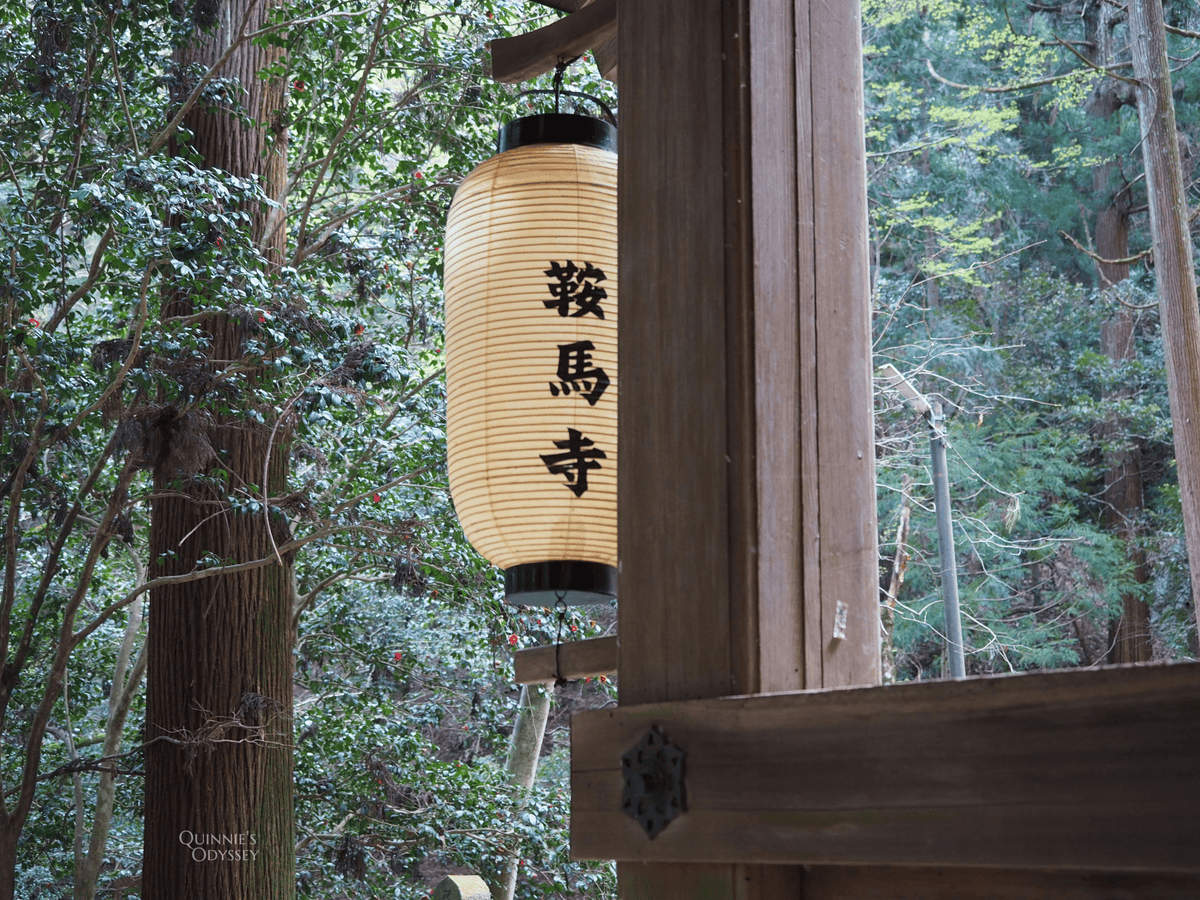
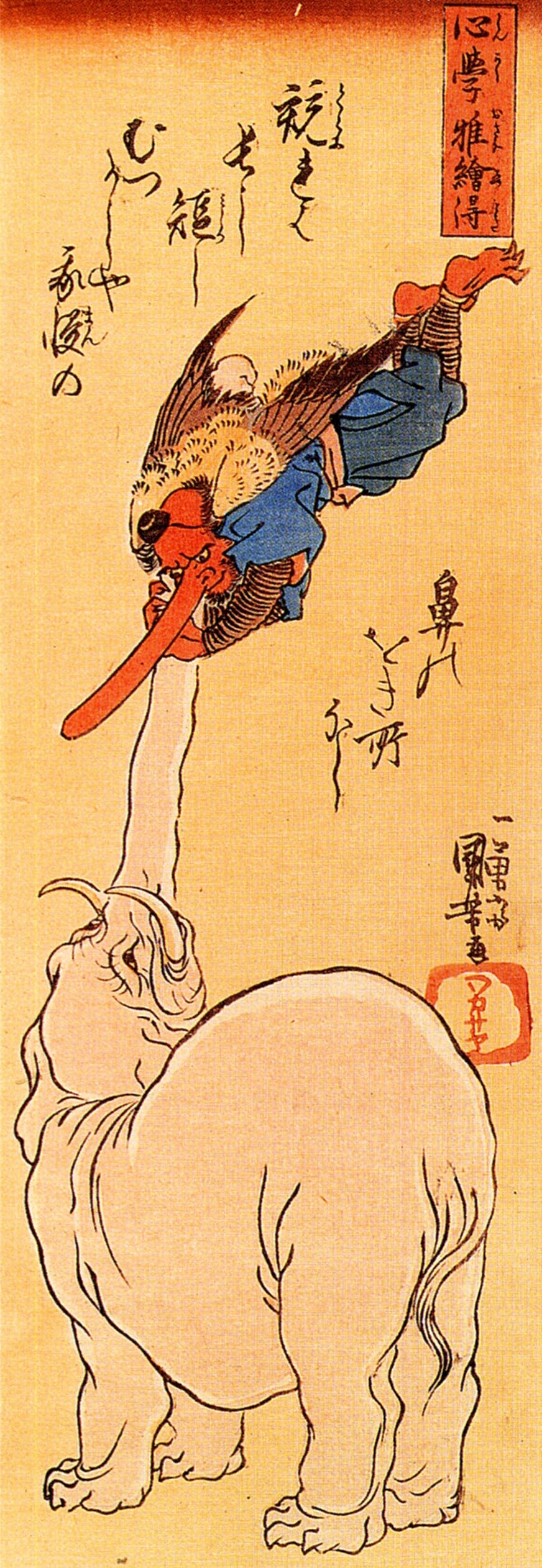
According to legend, Mount Kurama, located in northern Kyoto, is home to the mythical Tengu, supernatural beings believed to be protectors of the forests and mountains.
In the Nihon Shoki, it is written that in the 9th year of Emperor Kōtoku’s reign (A.D. 637), on a February night, a huge star moved rapidly from east to west, followed by a thunder-like sound. Some believed it was the sound of a meteor, while others called it an earthquake. However, the monk Min claimed it was not a meteor, but a Tengu, whose barking sound resembled thunder.
Tengu are mysterious shape-shifting creatures. The Daitengu have red faces and long noses, while the Karasu Tengu have the beaks of crows. They are said to live in the giant sugi (Japanese cedar trees), whose twisted roots symbolize the Tengu’s mysterious domain on Mount Kurama.
Today, let’s explore the legendary home of the Tengu, Mount Kurama!

Kurama Temple is located in the outskirts of Kyoto, in the same area as Kifune Shrine, making it a popular destination for day trips. On this trip, we first visited Kifune Shrine, but since it didn’t take long to explore, we decided to check out Kurama Temple nearby.
(More about 👉 Kifune Shrine 👈 )
According to Google Maps, it would only take a minute to walk from Kifune Shrine to Kurama Temple… Well, that’s true for the west gate, but reaching the Hondo Kondo (Main Golden Hall) at Kurama Temple takes much longer, as you need to climb a mountain for about two hours!
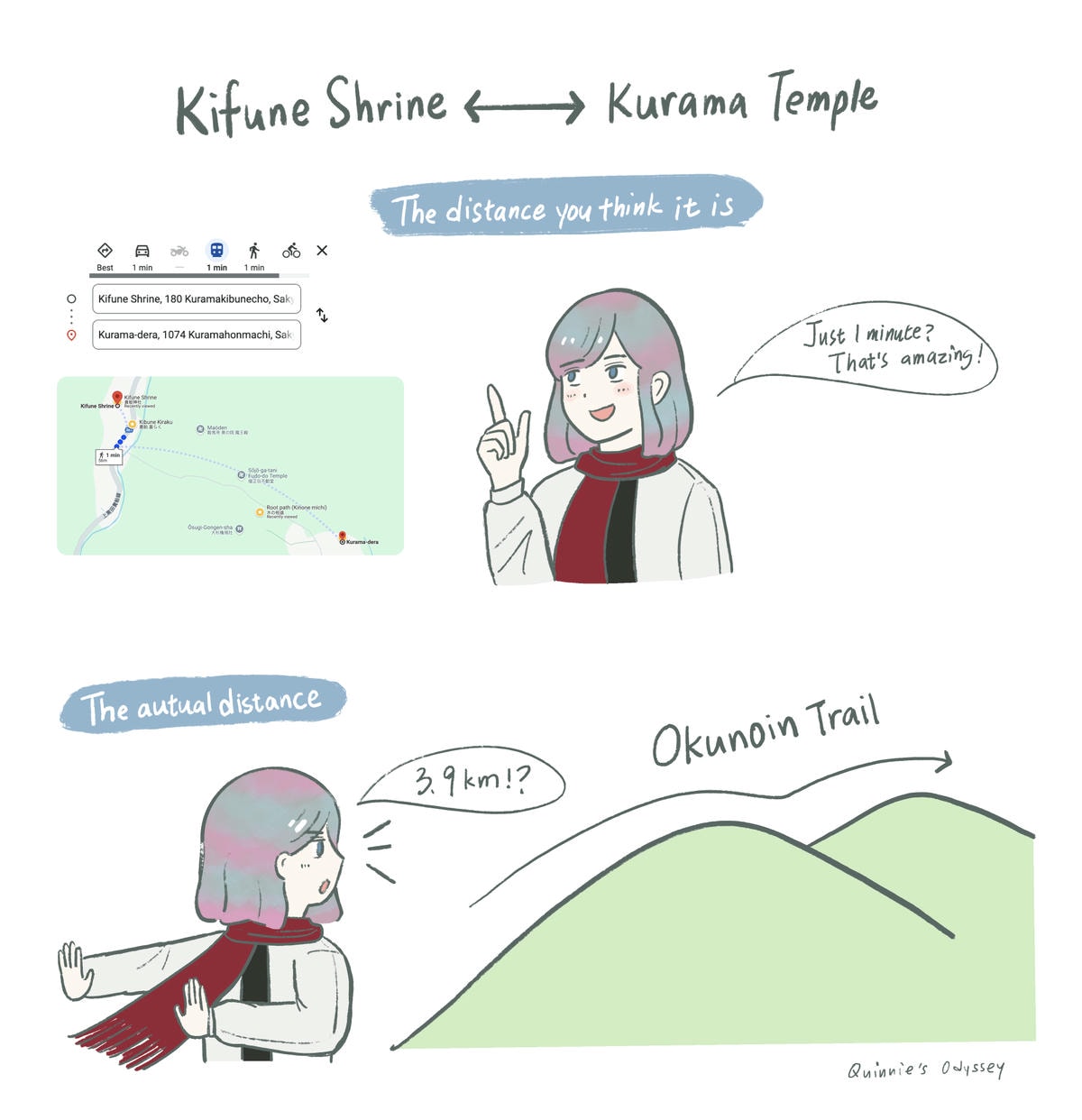
Without much prior research, we embarked on a surprisingly healthy hike. Unexpectedly, this hike became one of the most memorable parts of my trip to Kyoto.
Most visitors take the cable car to the Main Hall and then hike along the Okunoin trail, but we took the reverse route.
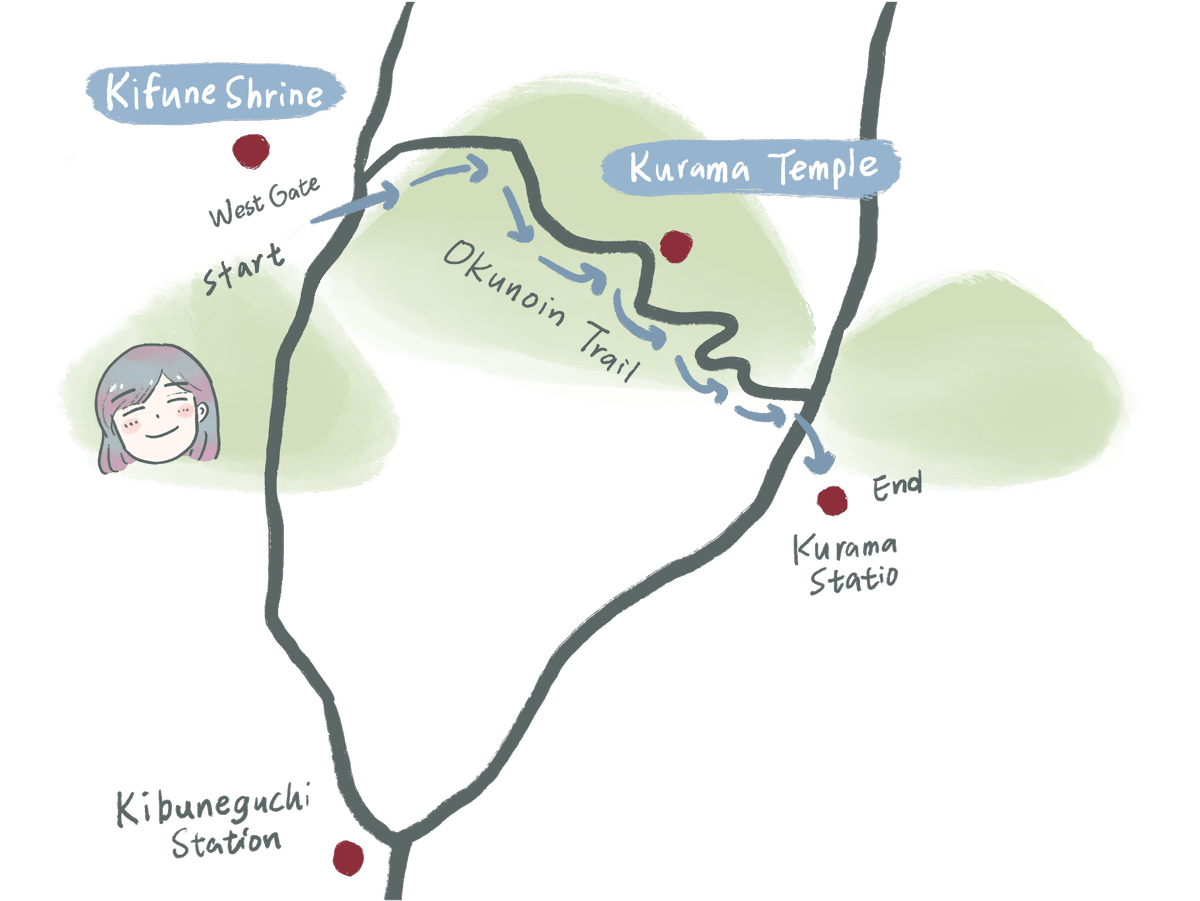
Mount Kurama is known as one of Japan’s most mystical mountains, home to Kurama Temple, founded by Gantei Shonin in A.D. 770, during the late Nara period.
One famous legend revolves around the Tengu of Mount Kurama and the warrior Minamoto no Yoshitsune, also known as Ushiwakamaru. Born in 1159, Yoshitsune is one of Japan’s most renowned war heroes. His father, Minamoto no Yoshitomo, was defeated by Taira no Kiyomori in the Heiji Rebellion and was later killed by one of his own men while fleeing.
At age seven, Yoshitsune was sent to Kurama Temple for training. The temple sheltered his three brothers, and the youngest, Yoshitsune, arrived here at seven years old. One night, he sneaked out of the temple and encountered the powerful Daitengu in the Sōjōgatani Valley. Known as the “Tengu of Mount Kurama,” the Tengu taught Yoshitsune martial arts during the night.
When Yoshitsune learned of his true lineage, he decided to flee to Ōshū and eventually joined forces with his brother, Minamoto no Yoritomo, to overthrow the Taira clan and restore the Minamoto family. (However, Yoshitsune’s life later ended tragically as he was forced to commit seppuku after falling out with his brother.)
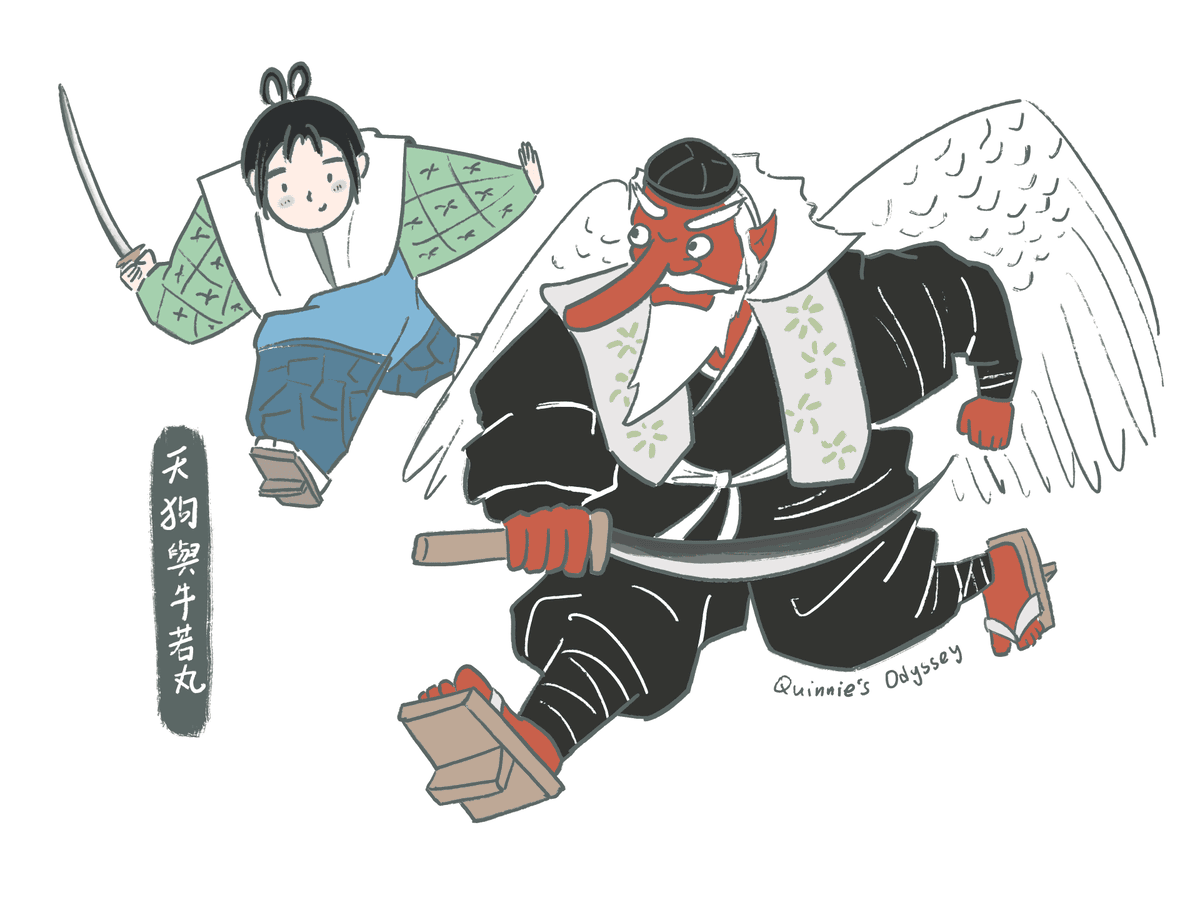
Entering the Okunoin trail from the west gate requires a 500 yen “Mountain Donation” fee. We visited during the clear spring season, surrounded by towering cedar trees. The air was still, and though it was sunny, we felt warm even in our thick sweaters. Along the quiet path, we occasionally encountered fellow hikers who greeted us with a friendly “Konnichiwa.”
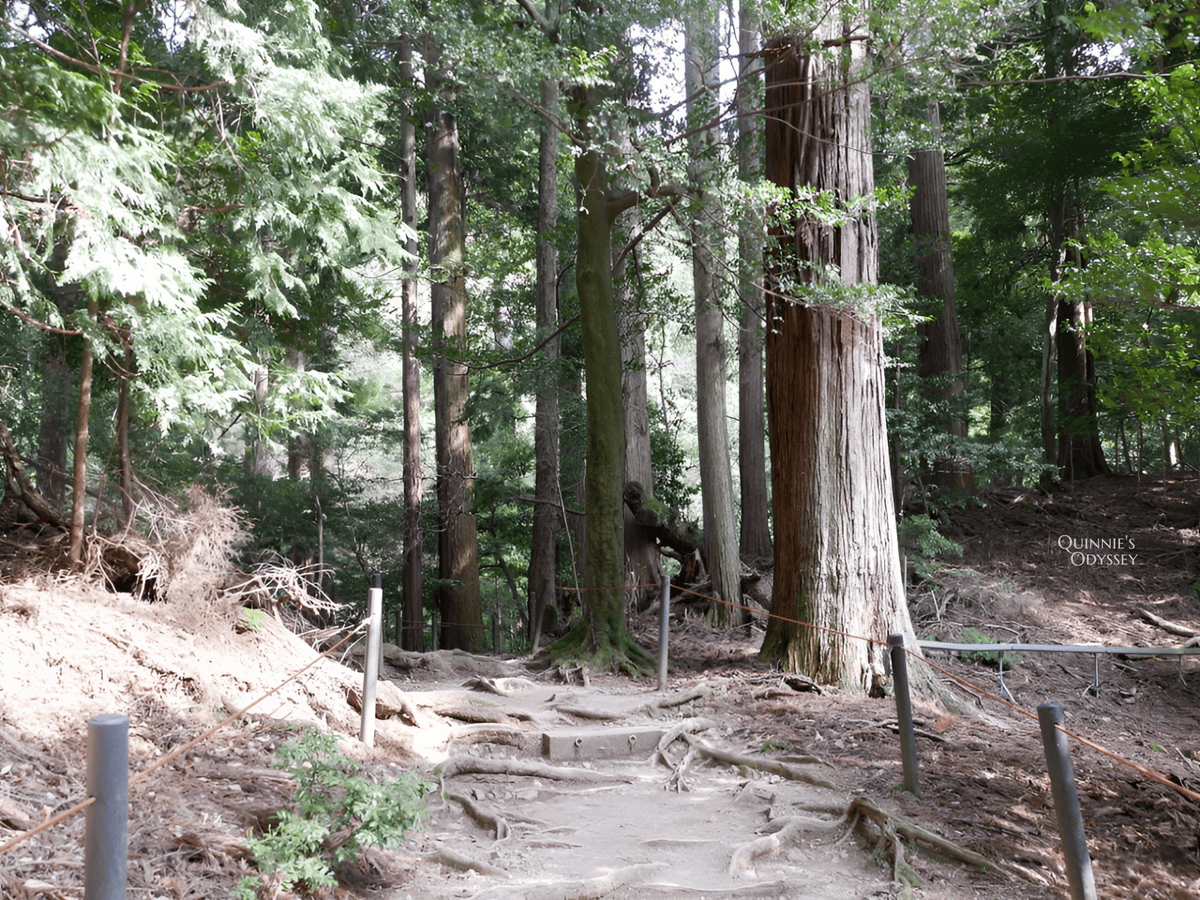
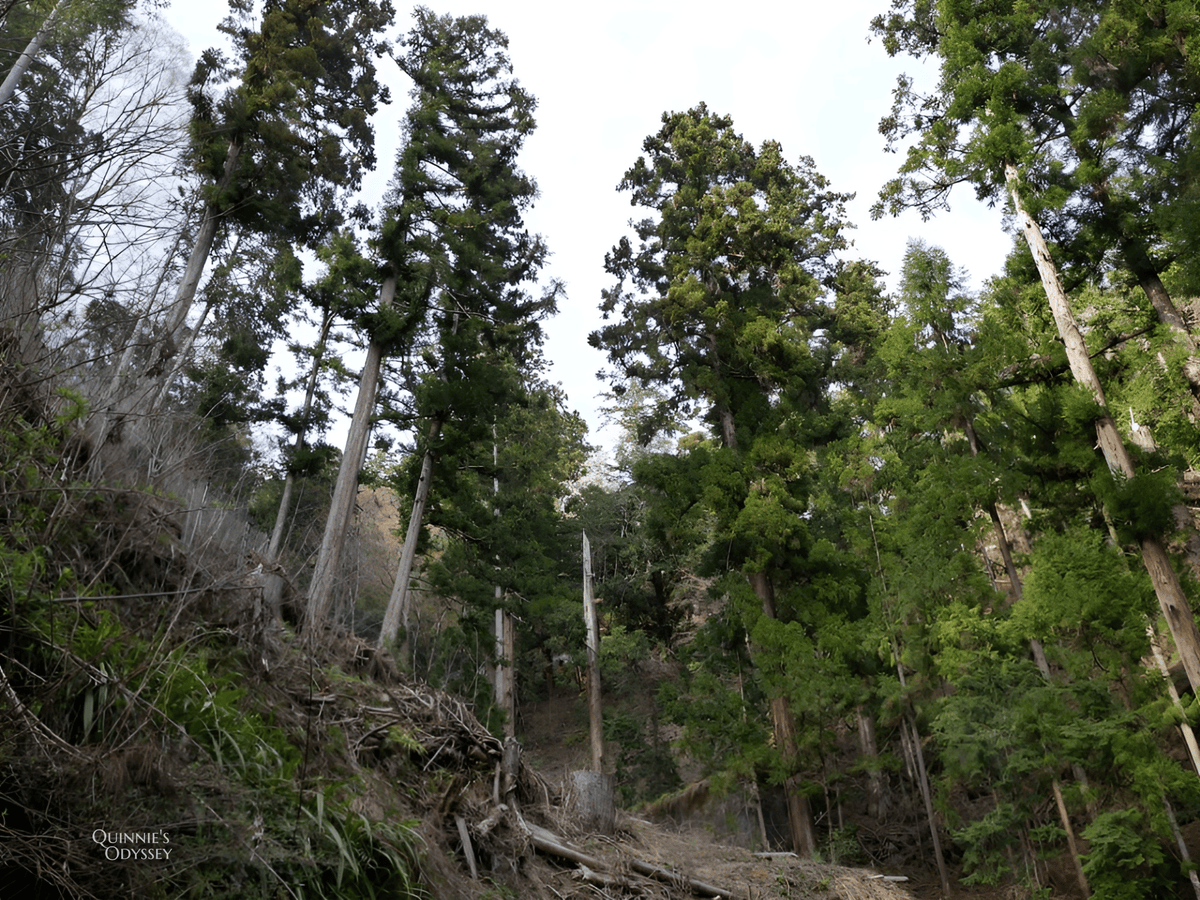
Our first stop was the Mao-Den Temple, or Demon King Hall, considered a spiritual power spot. According to legend, 6.5 million years ago, the Demon King, Mao-son, descended from Venus to this very spot to save humanity.
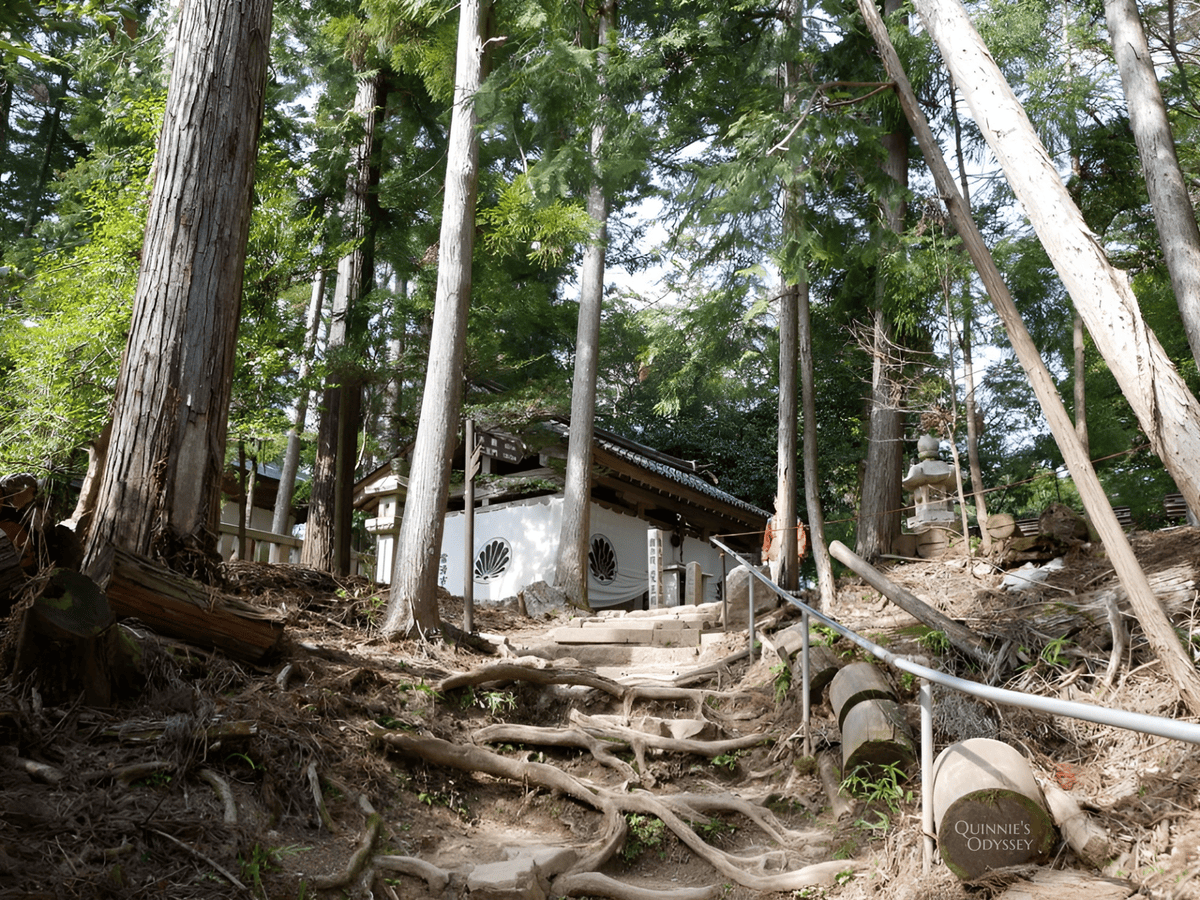
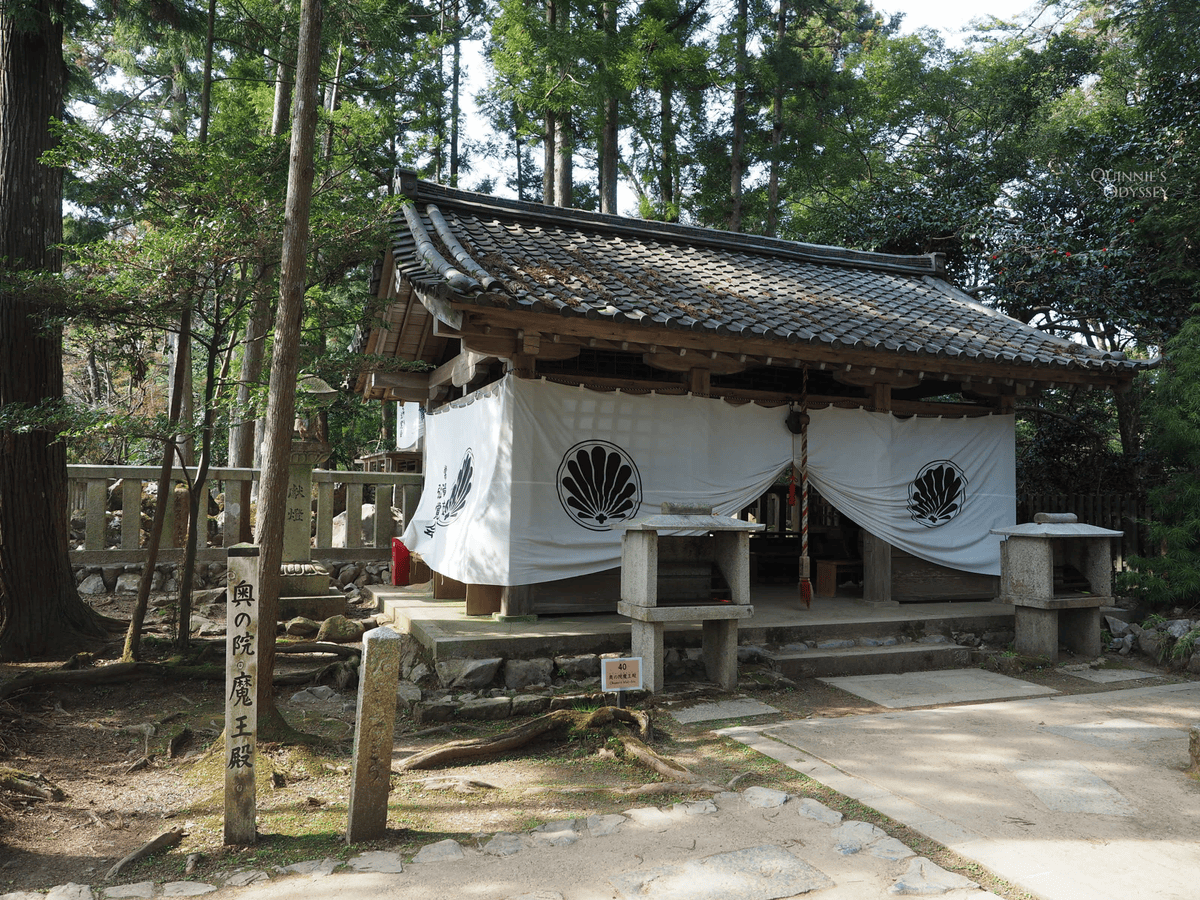
We then passed the wooden passage, a path lined with twisted roots. It is said that Yoshitsune once trained his footwork and agility here.
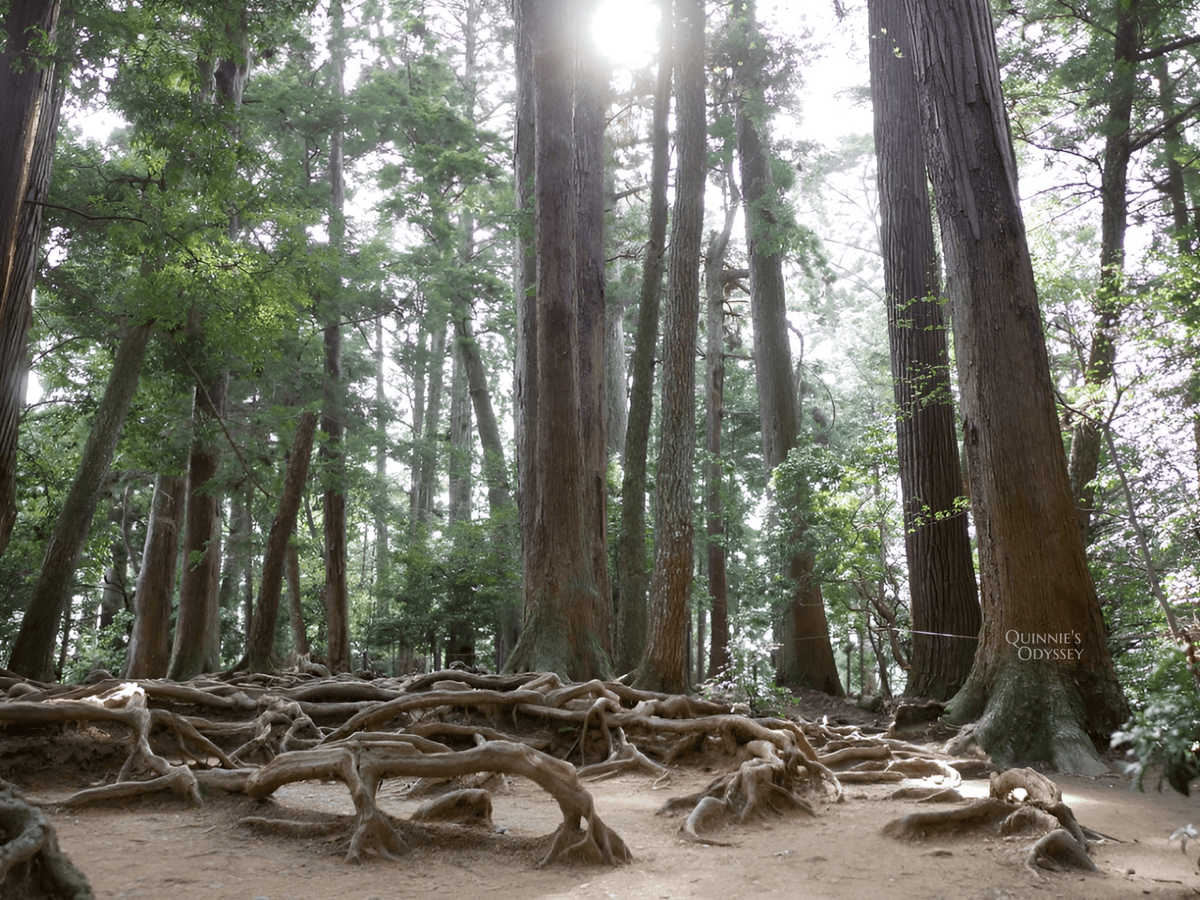
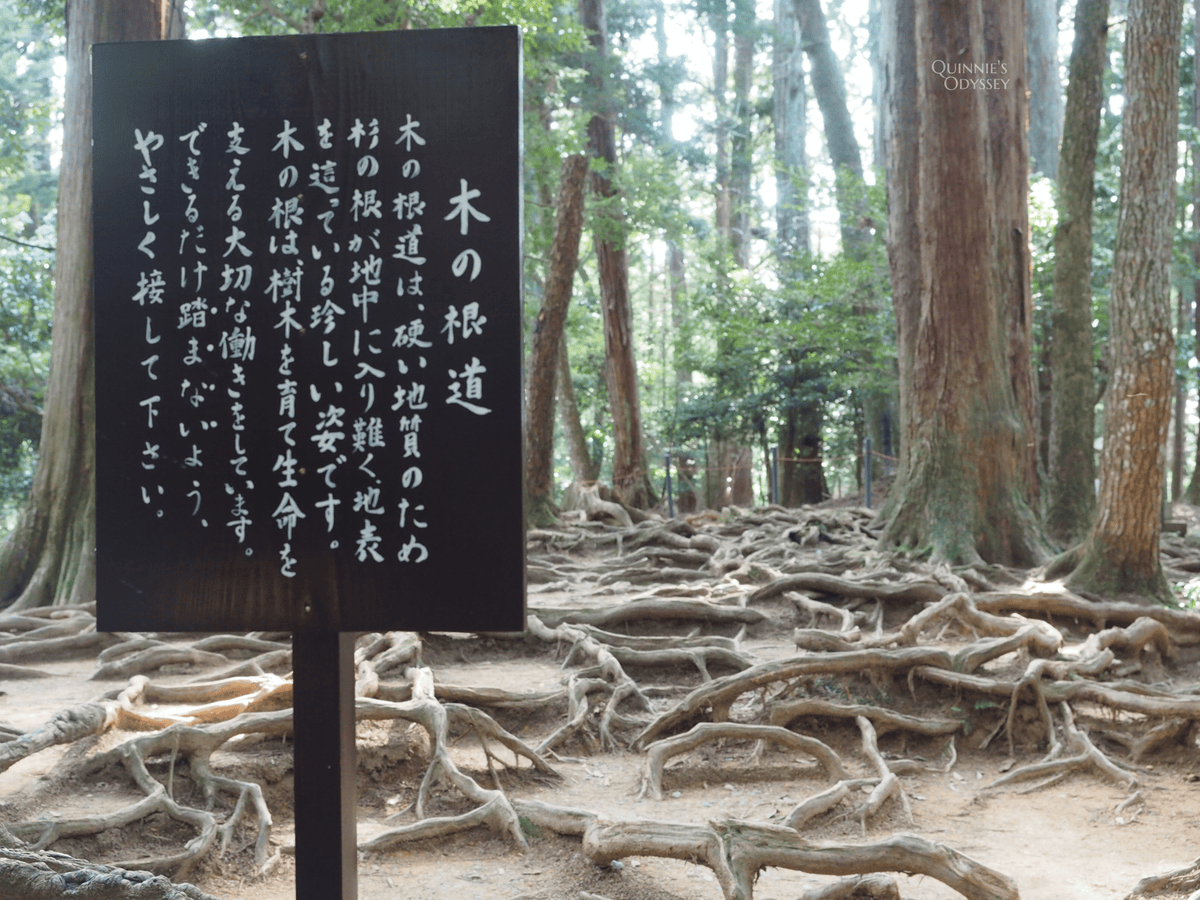
Although we didn’t see any Tengu on our journey, we did catch glimpses of deer darting between the trees.👇
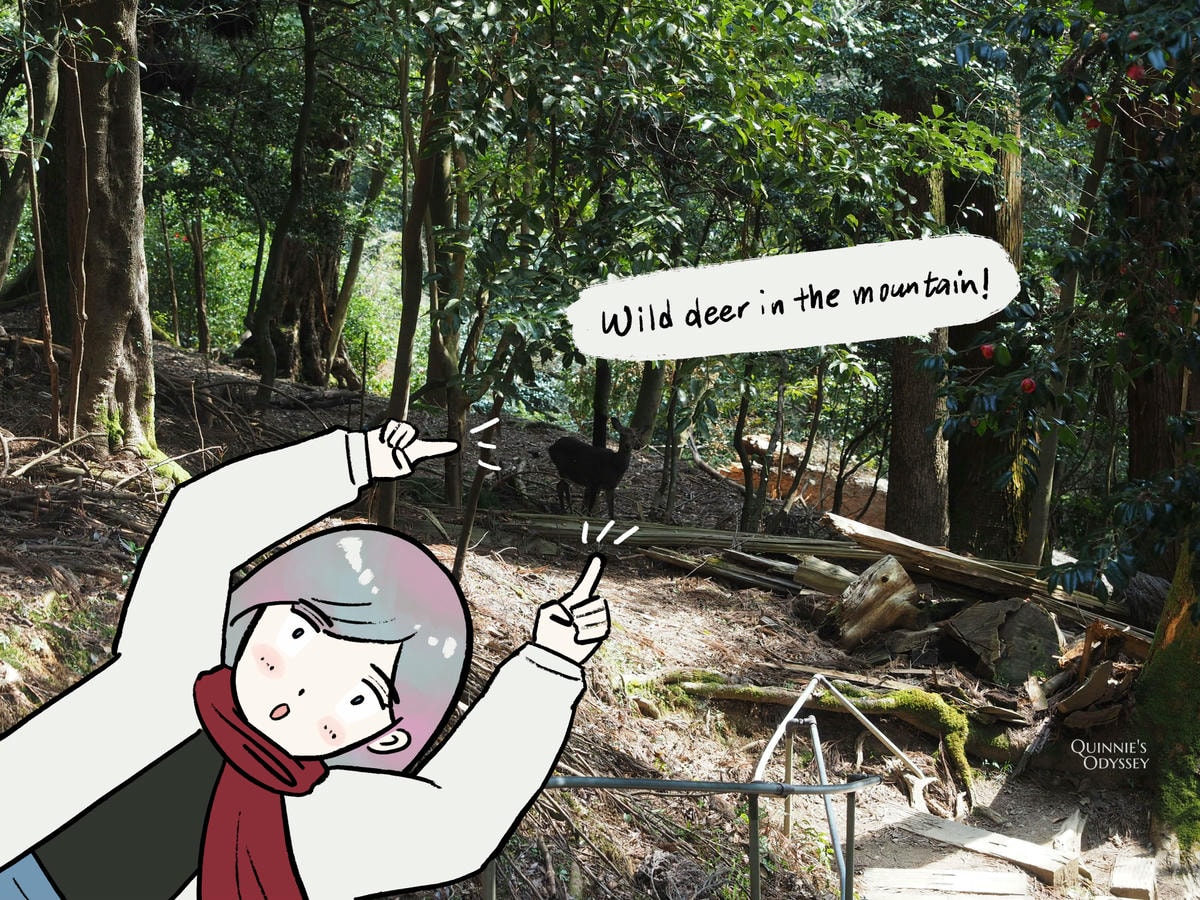
After hiking for some time, we finally emerged from the Okunoin trail at the Kurama Temple Main Hall.👇
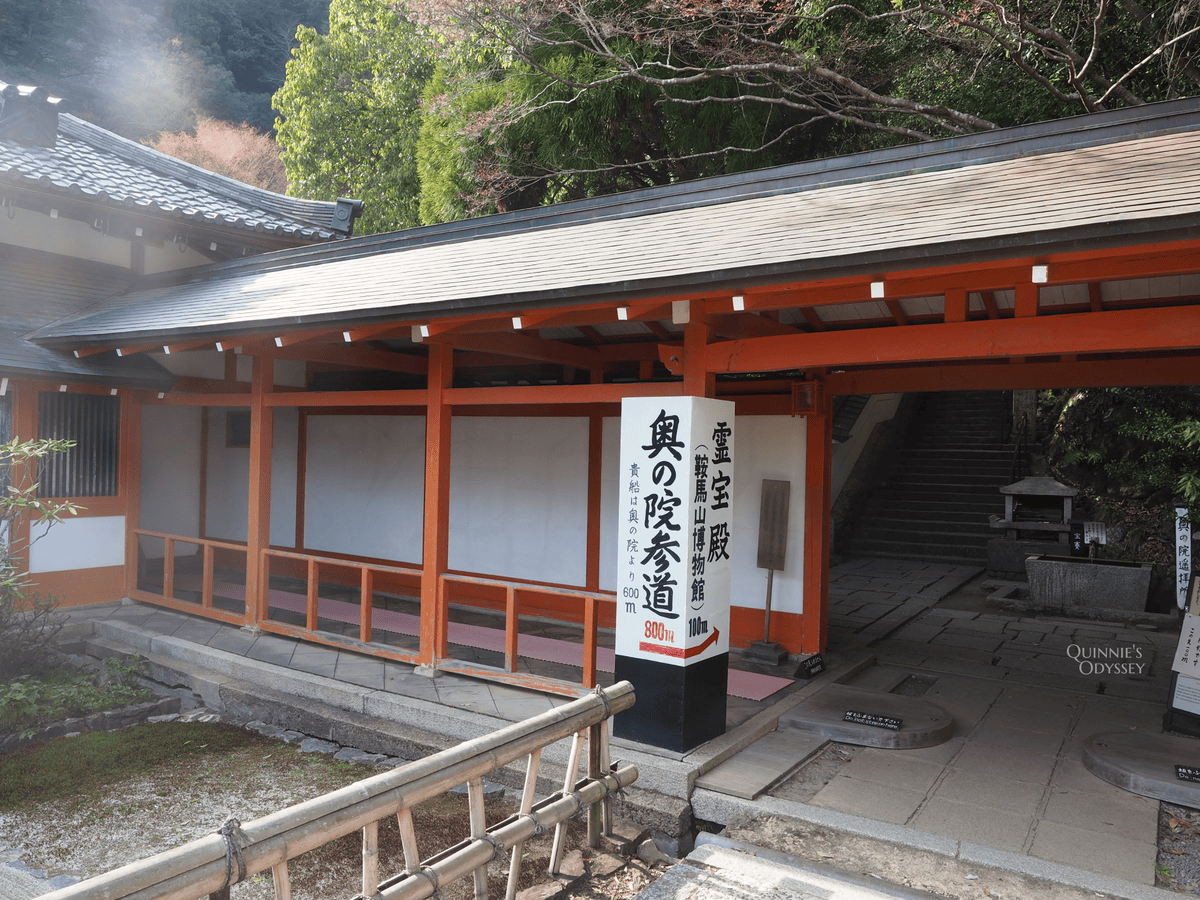
In front of the hall, the stone pavement bears a hexagram, a protective symbol. At the center of the hexagram lies a triangular stone, believed to be one of Kyoto’s strongest energy spots, where cosmic energy gathers.
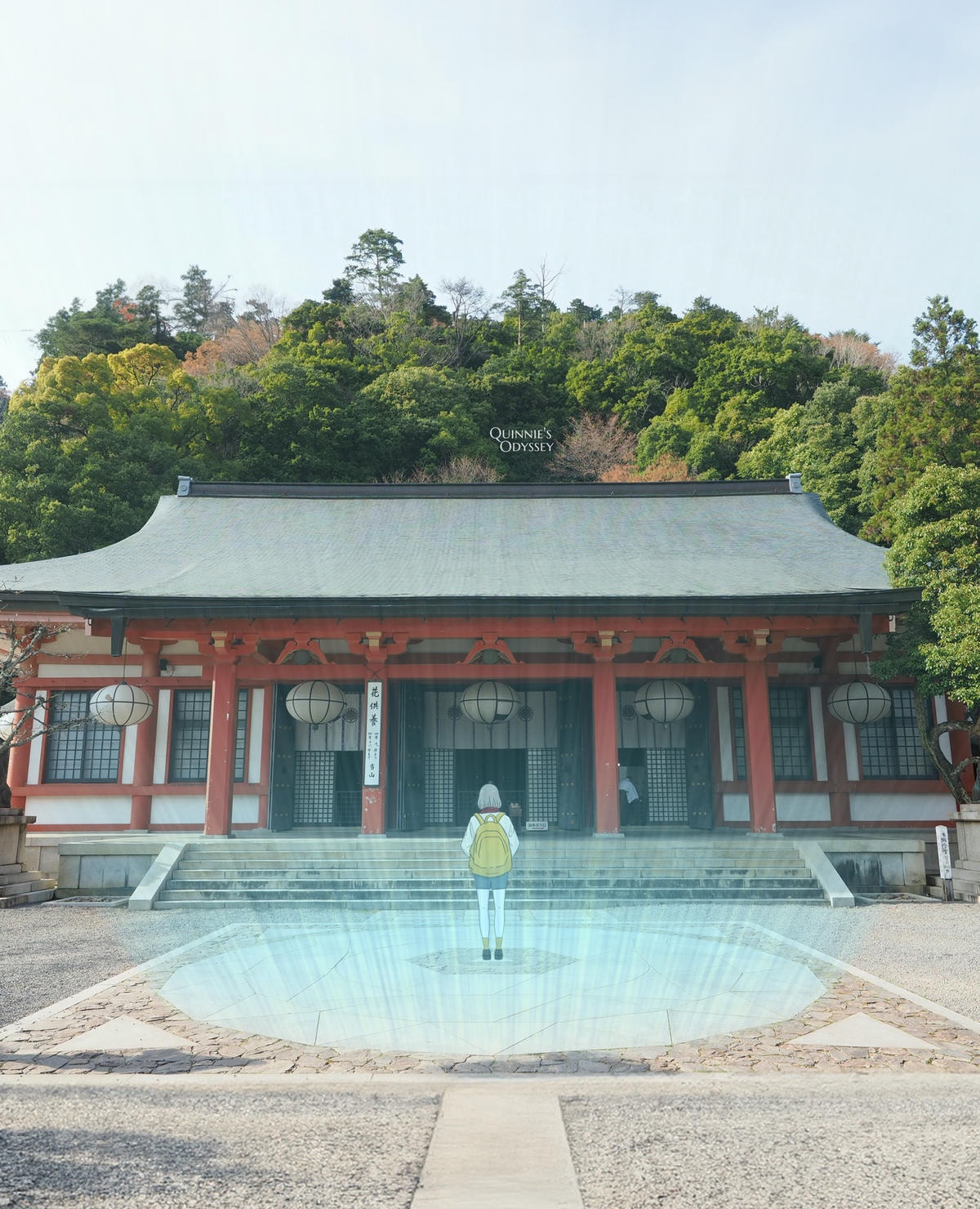
Kurama Temple enshrines the deity Sonten, a combination of Bishamonten, Senju Kannon, and Mao-son, symbolizing protection and salvation.
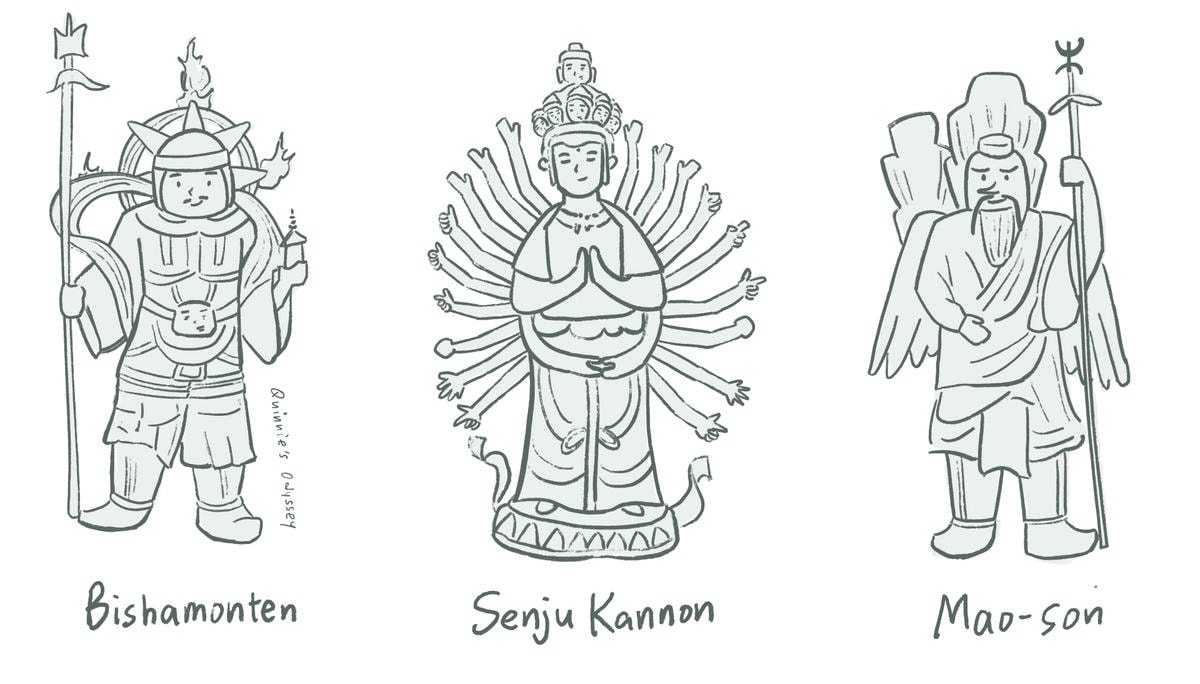
The temple’s entrance and main hall are guarded by two wooden tiger statues, called the A-un tigers. The tiger with an open mouth is named A-tora, while the one with a closed mouth is Un-tora, representing the beginning and end of life.
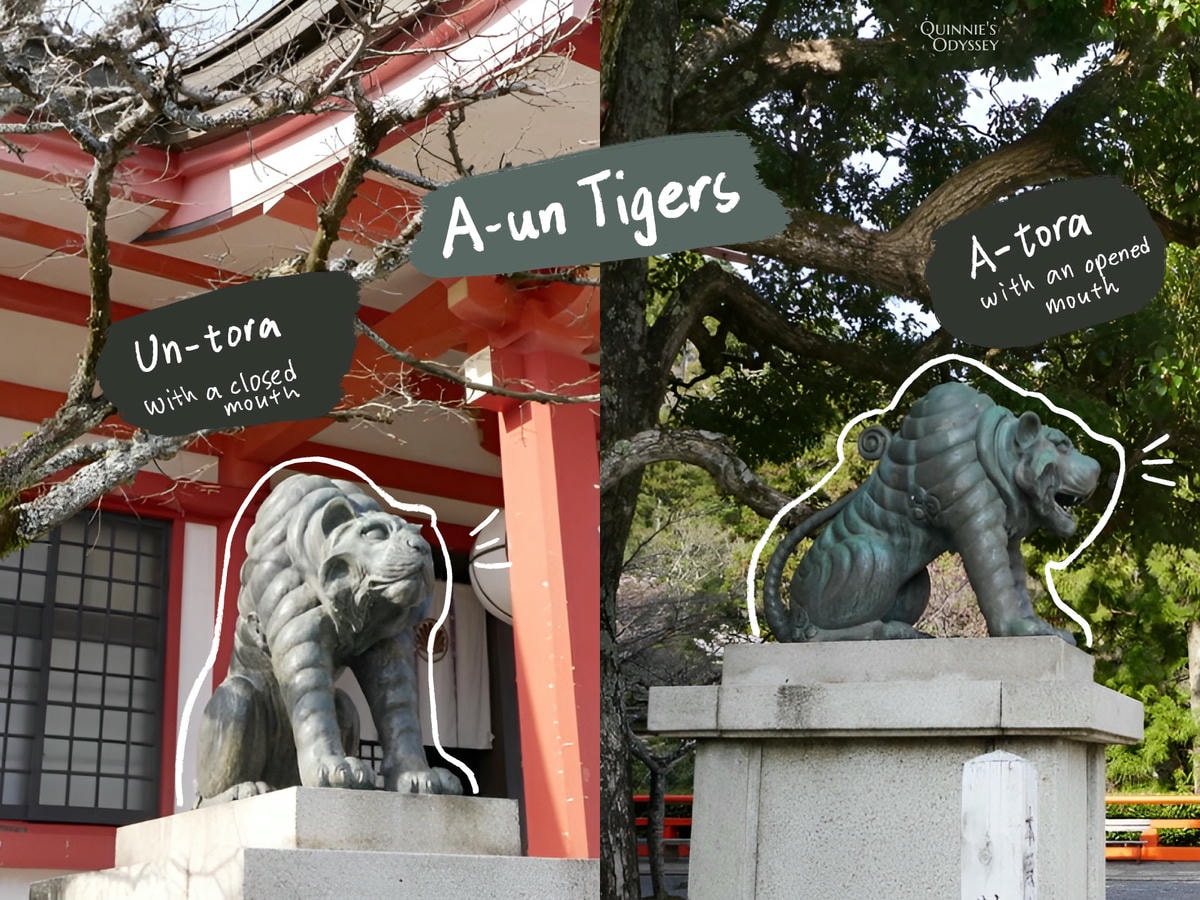
Sitting on the wooden veranda of the Main Hall, we enjoyed the serene cherry blossoms swaying in the wind.
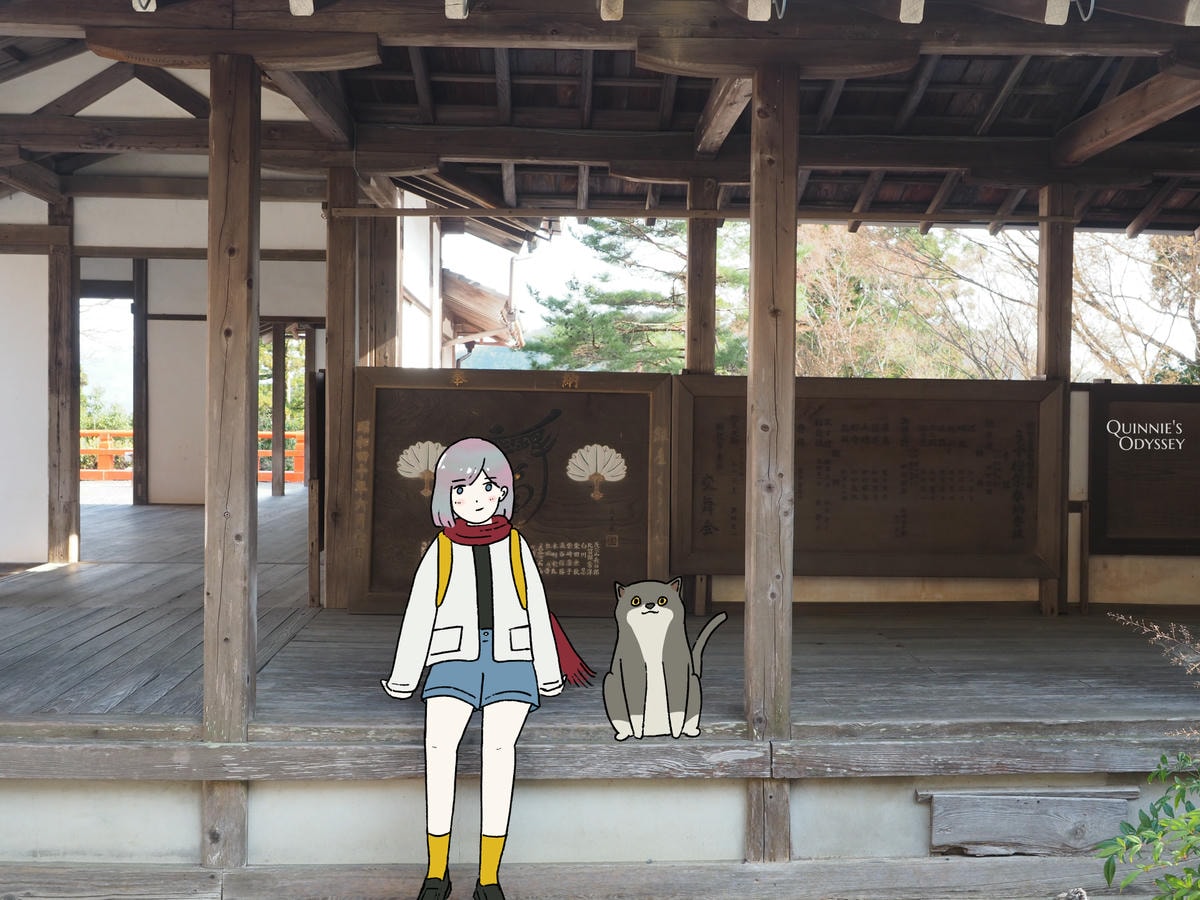
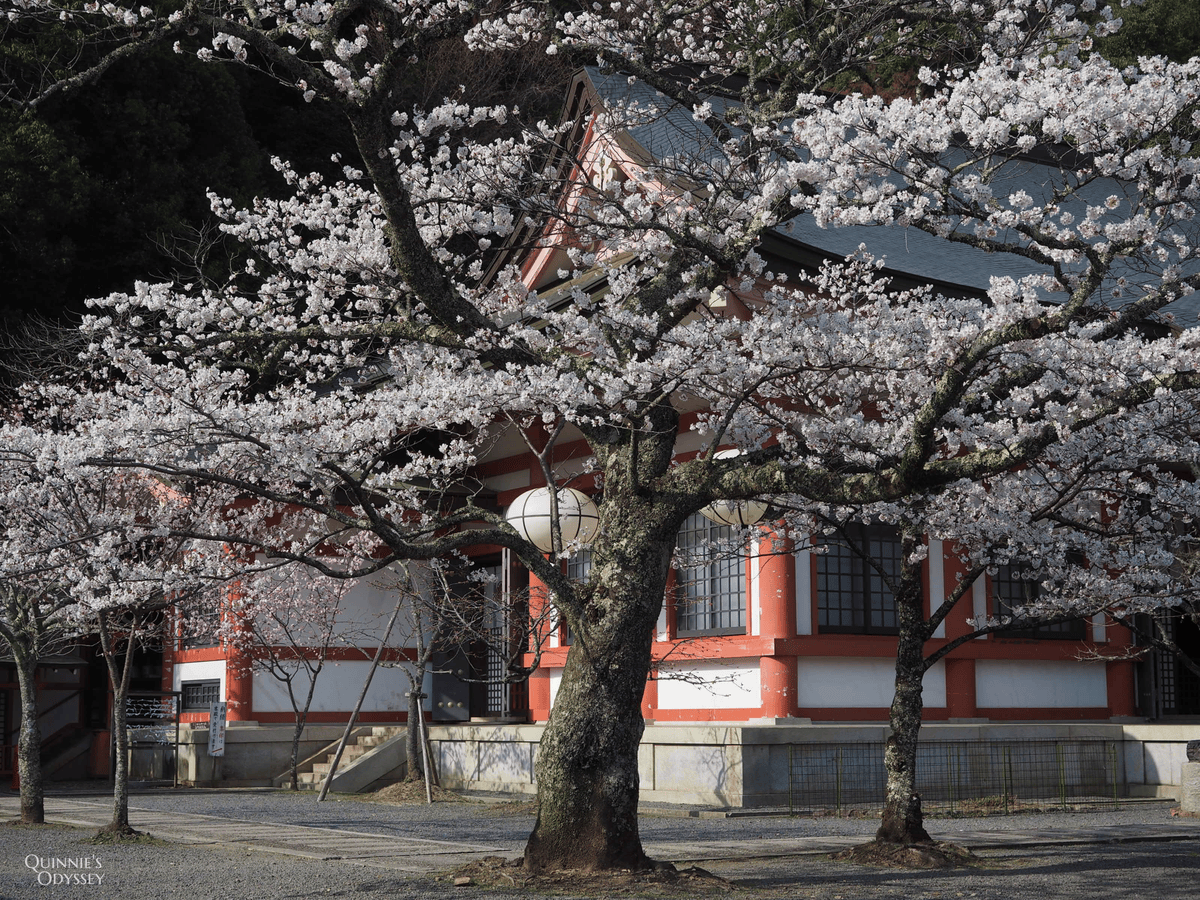
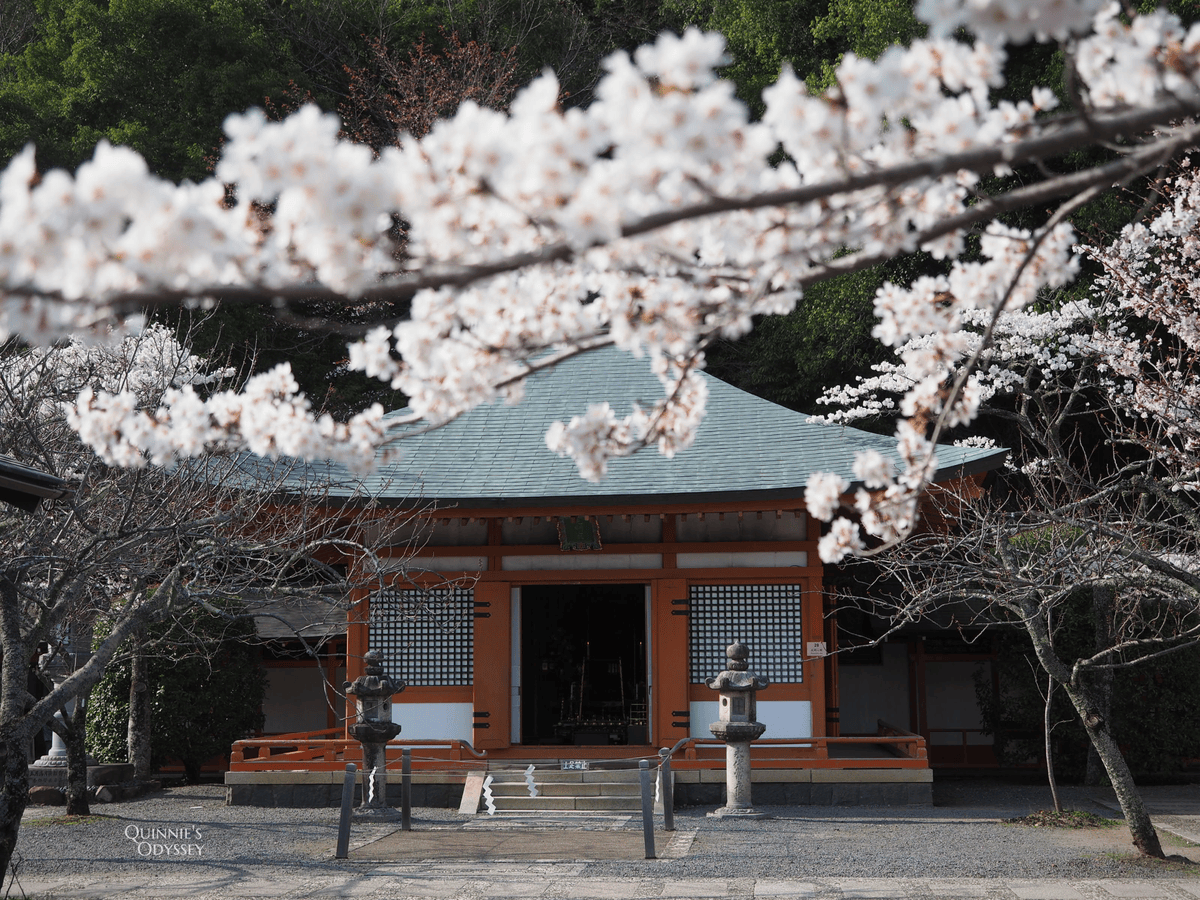
The tranquil setting felt like a hidden paradise, with the green mountains in the distance and time seemingly standing still.
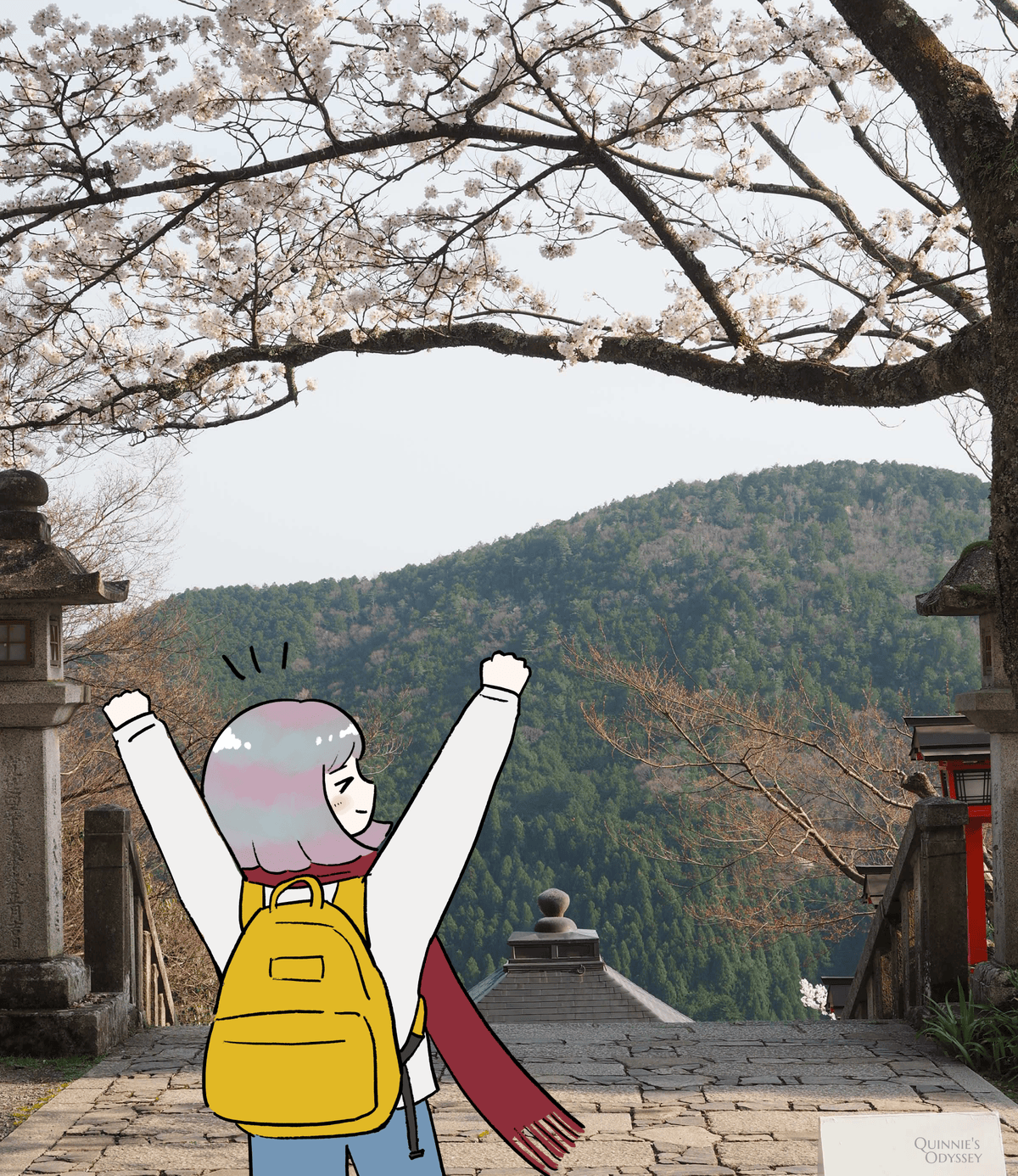
After a peaceful break, we reluctantly began our descent.
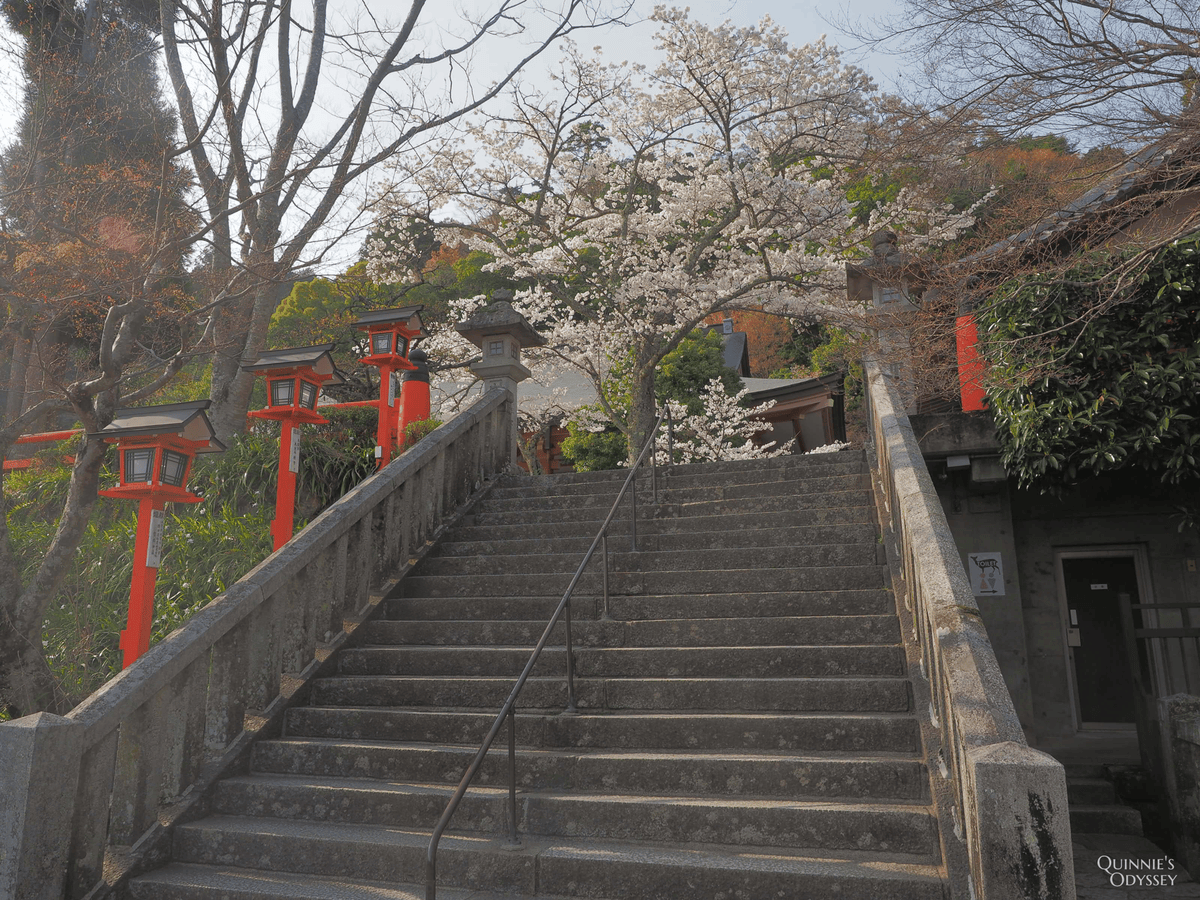
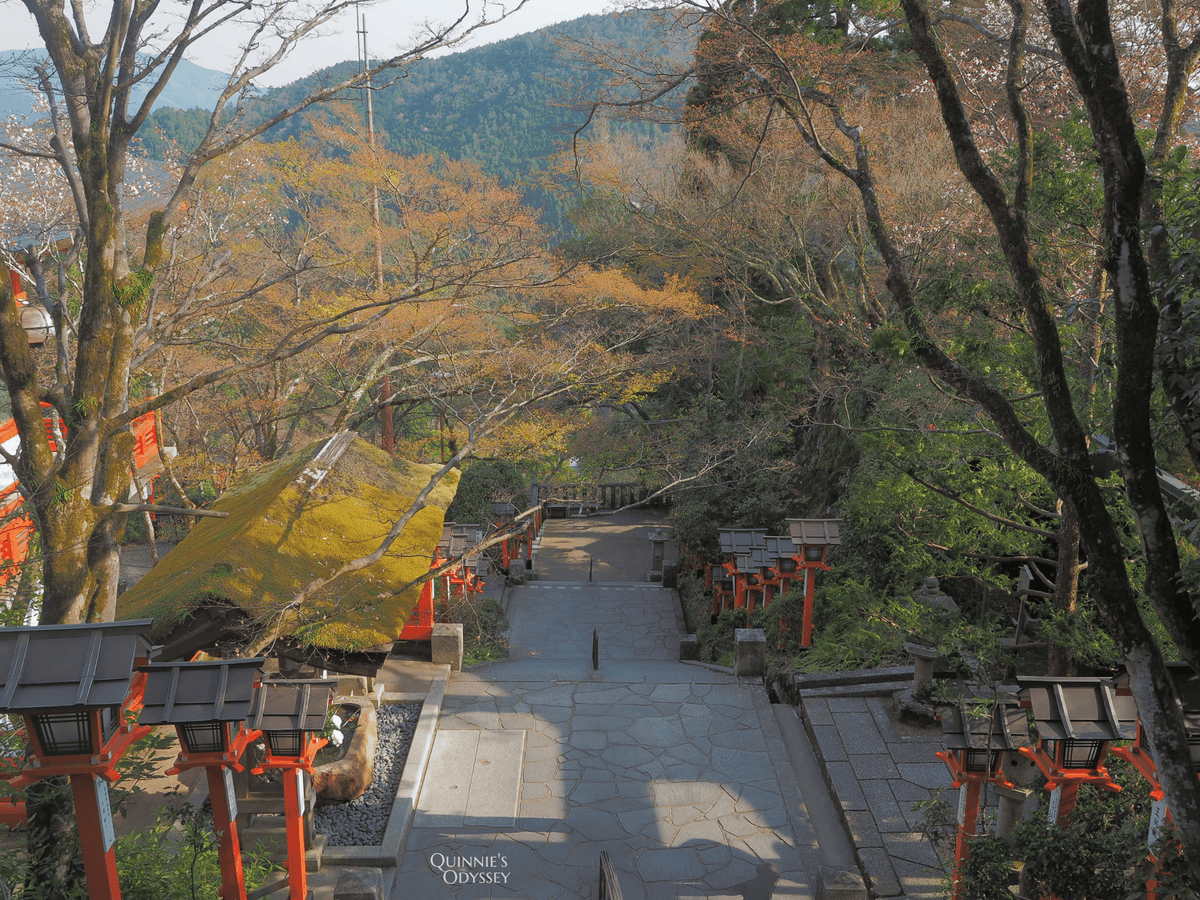
On our way down, we passed through a dense forest with ancient trees and torii gates.👇
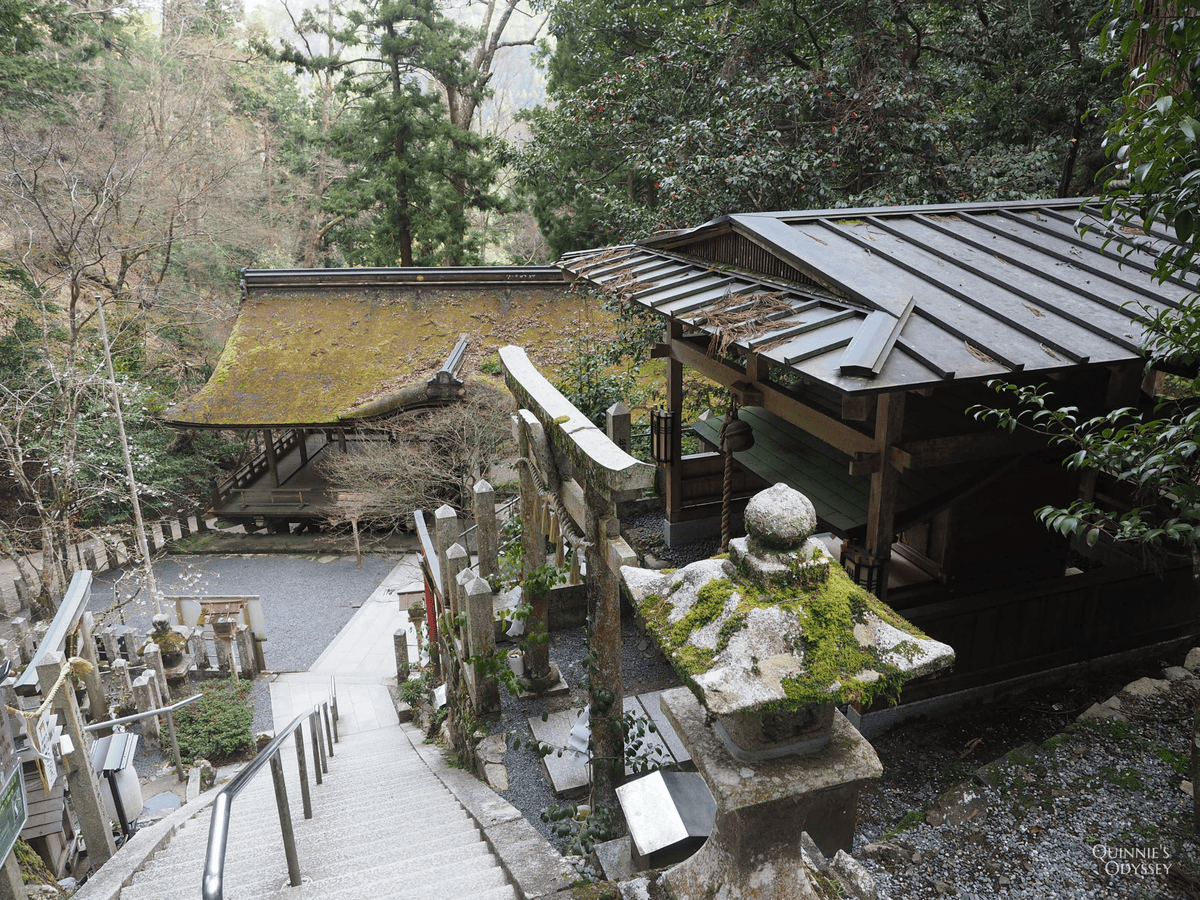
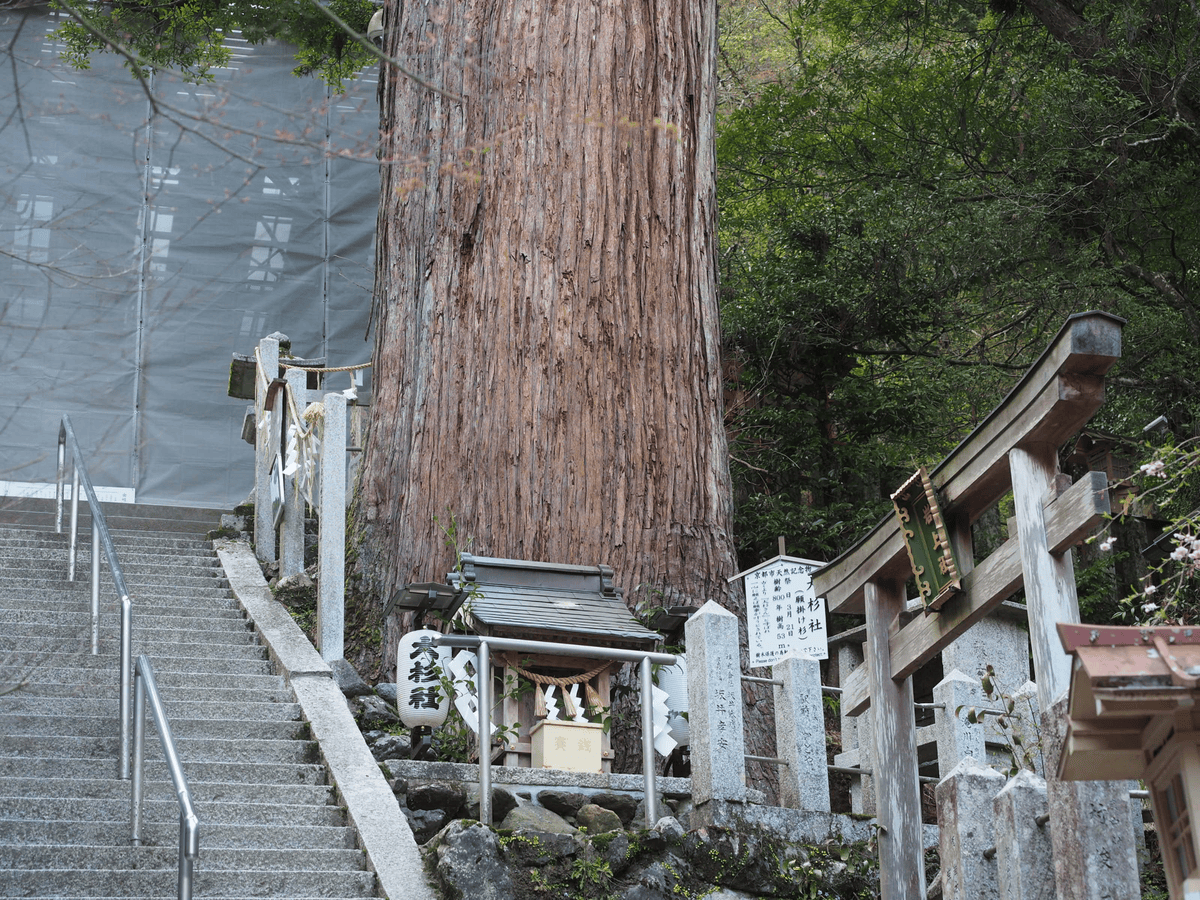
We soon arrived at Yuki-jinja Shrine, which is famous for hosting the annual Kurama Fire Festival on October 22nd, marking the arrival of winter. The shrine is also home to an 800-year-old cedar tree, where worshipers pray to have their dreams come true.
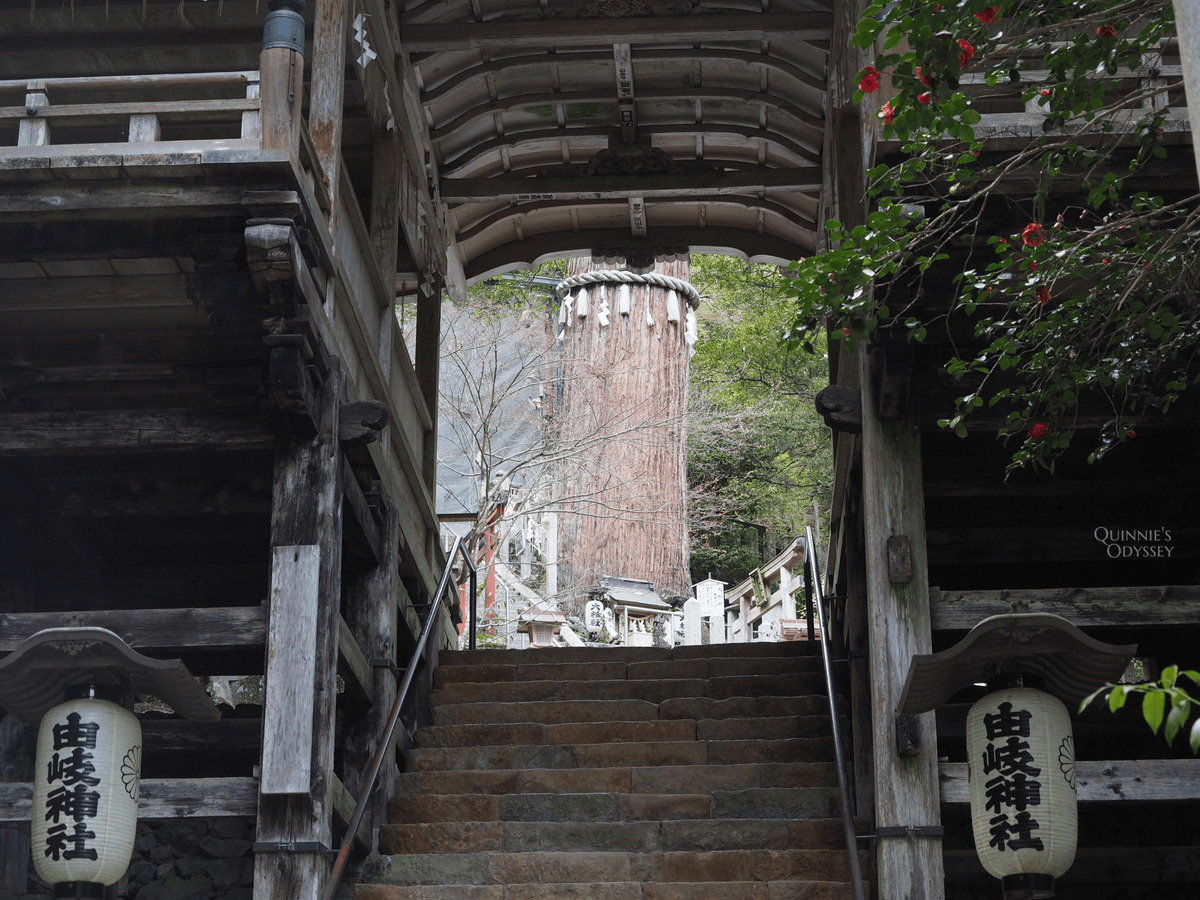
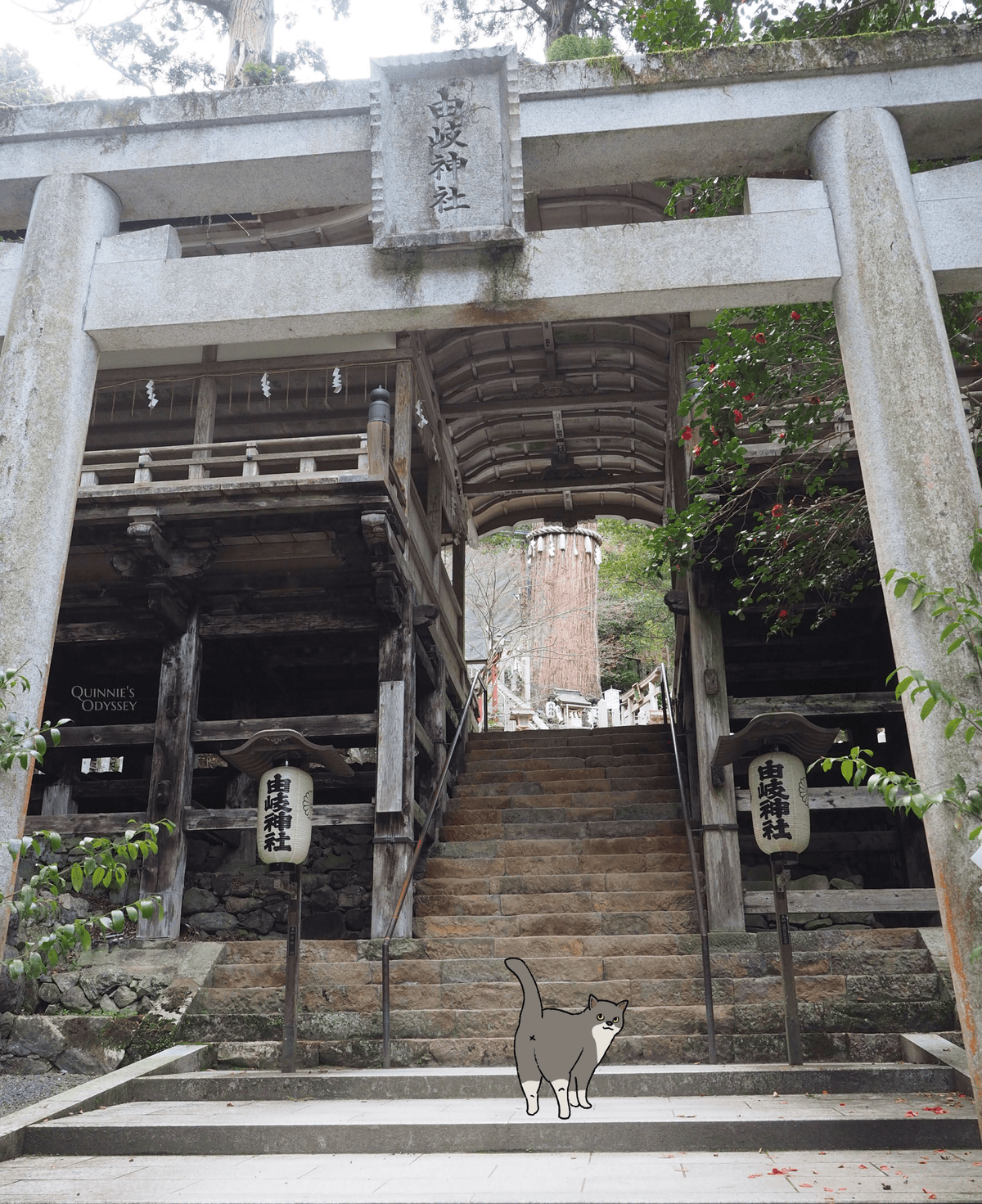
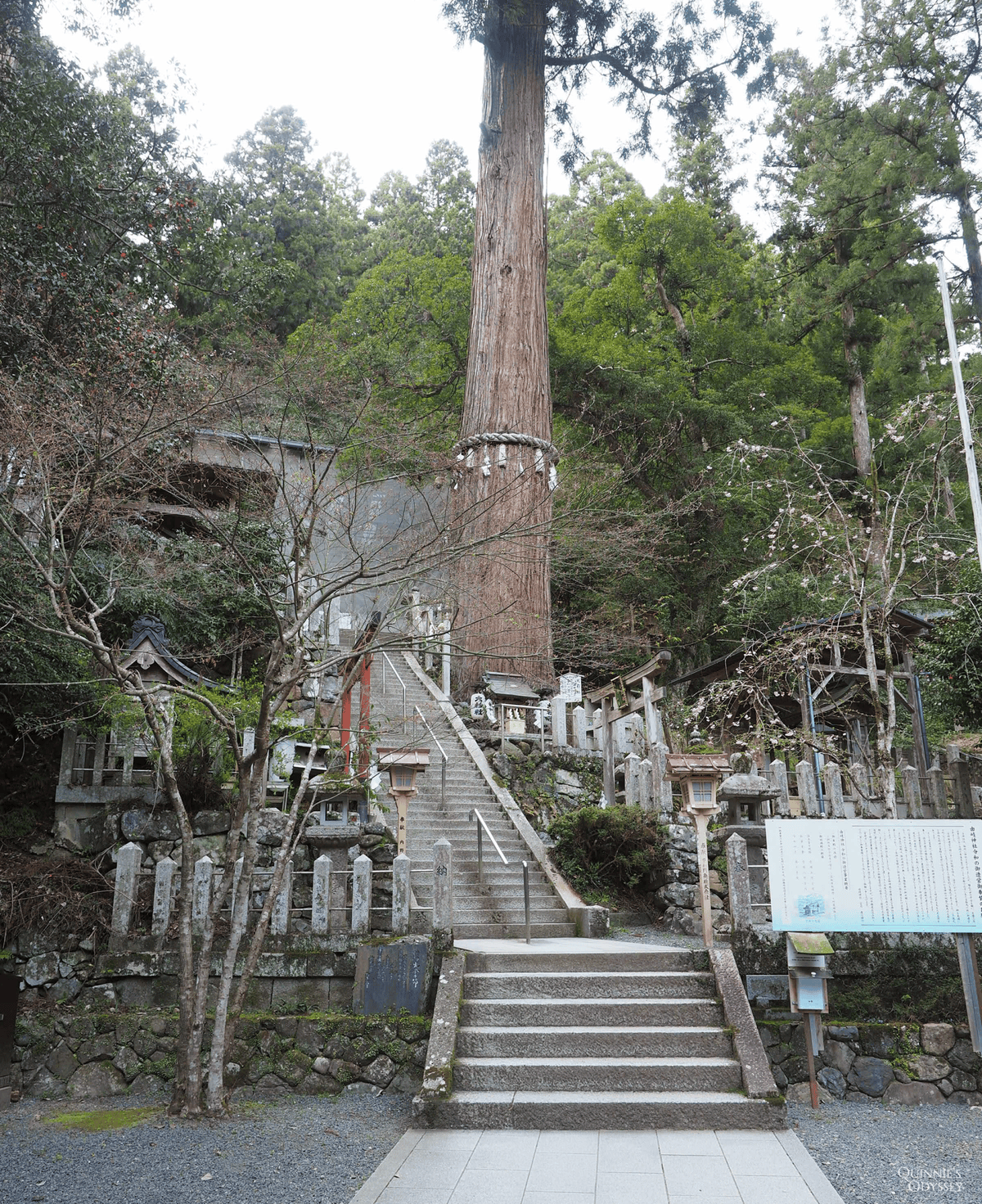
Further down the path, we spotted the Demon King Monument, dedicated to Mao-son.
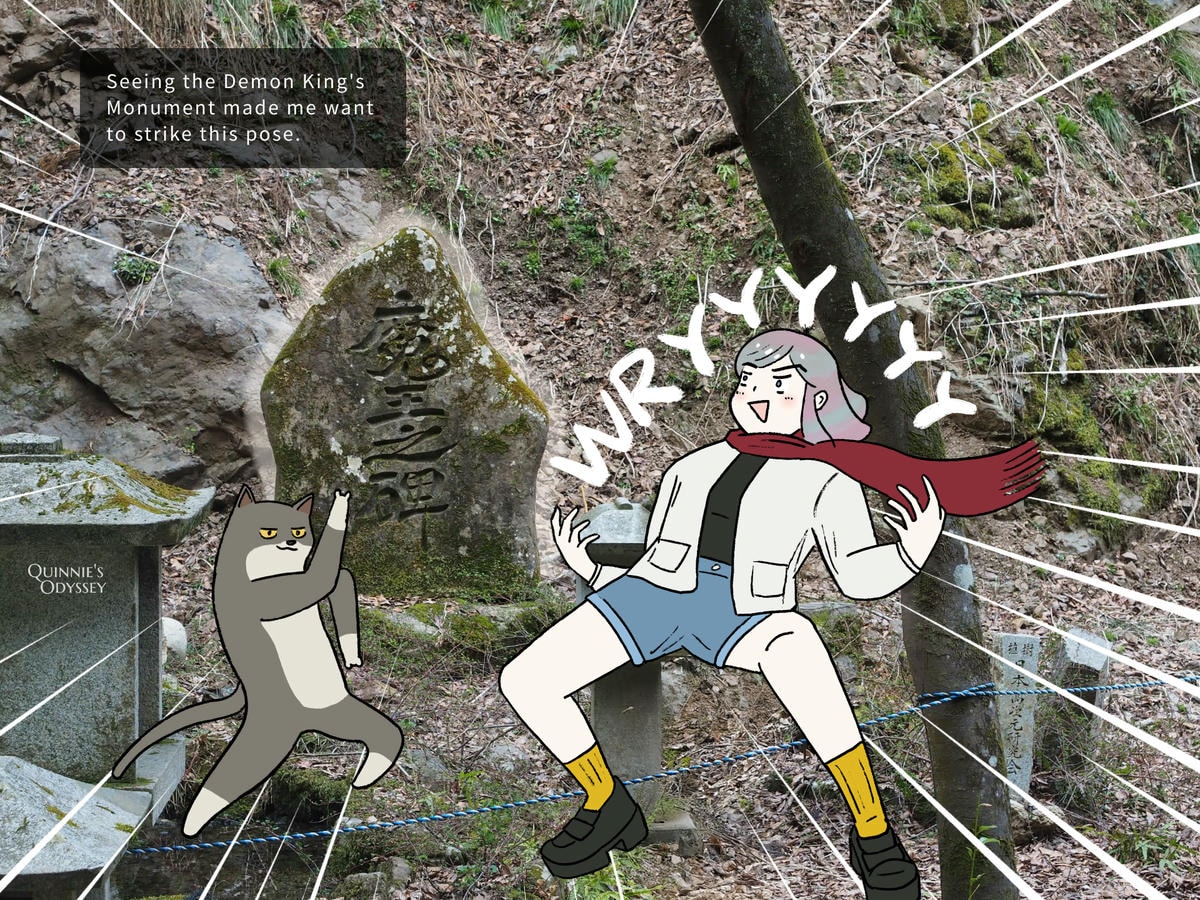
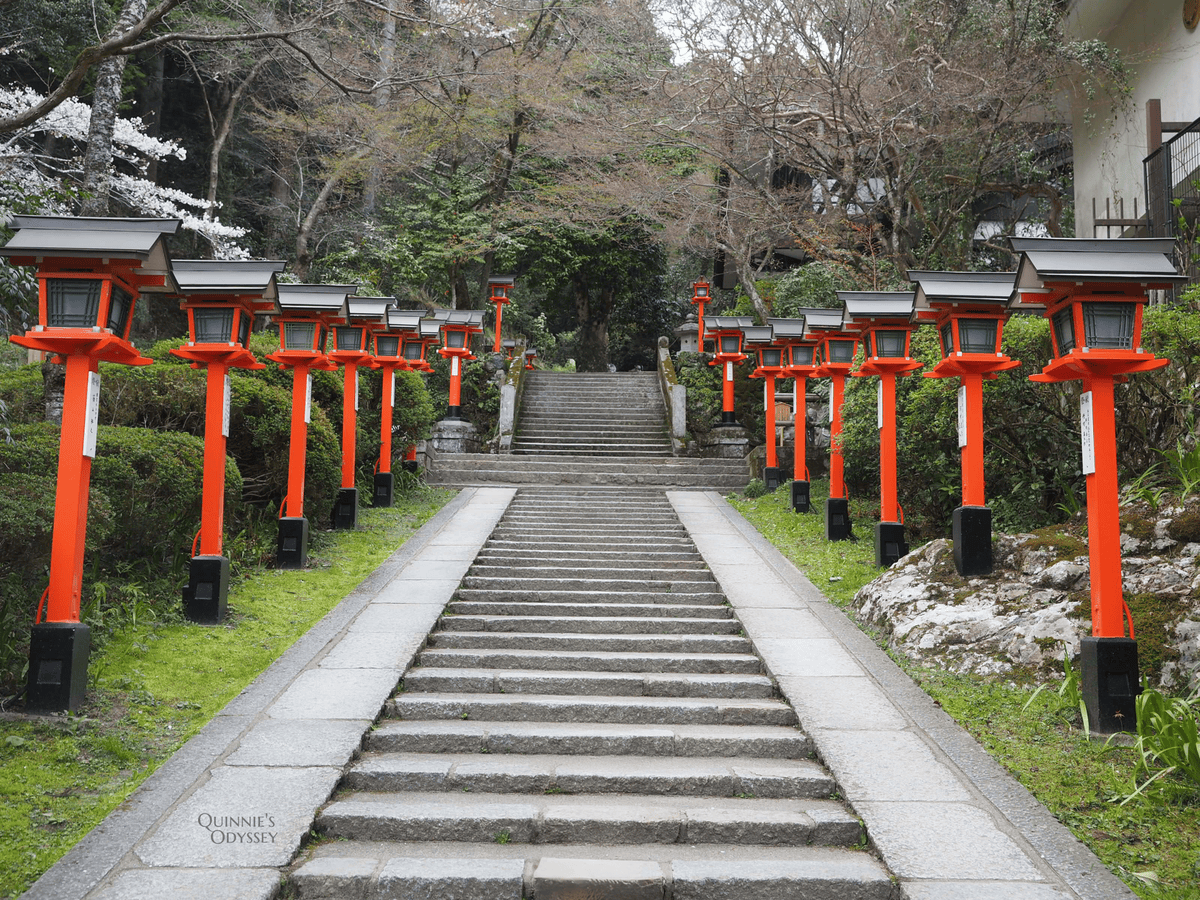
Finally, we reached the entrance of Kurama Temple, greeted by a lively atmosphere. To my surprise, there was a nursery school nestled in the energy-filled surroundings of Kurama Temple! I couldn’t help but feel envious of the children who get to grow up in such a magical place.
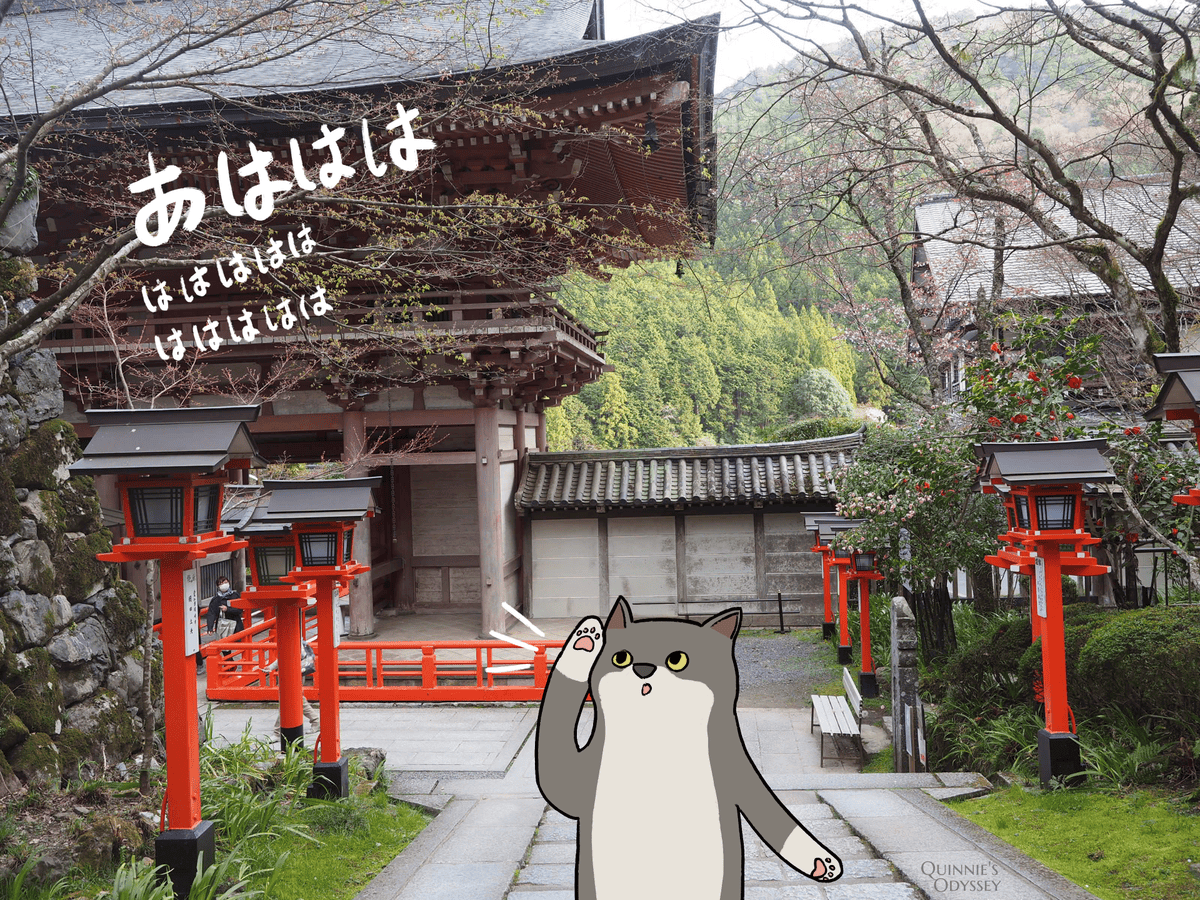
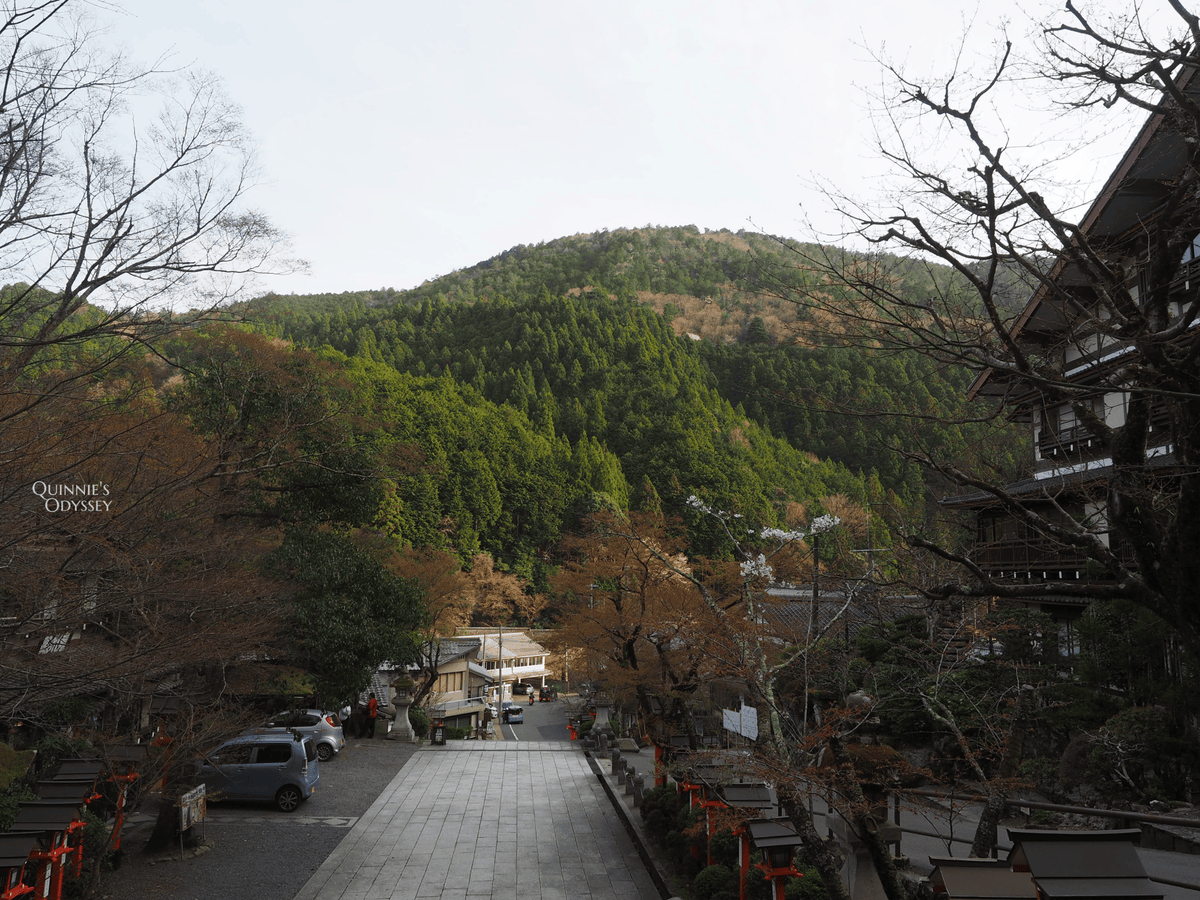
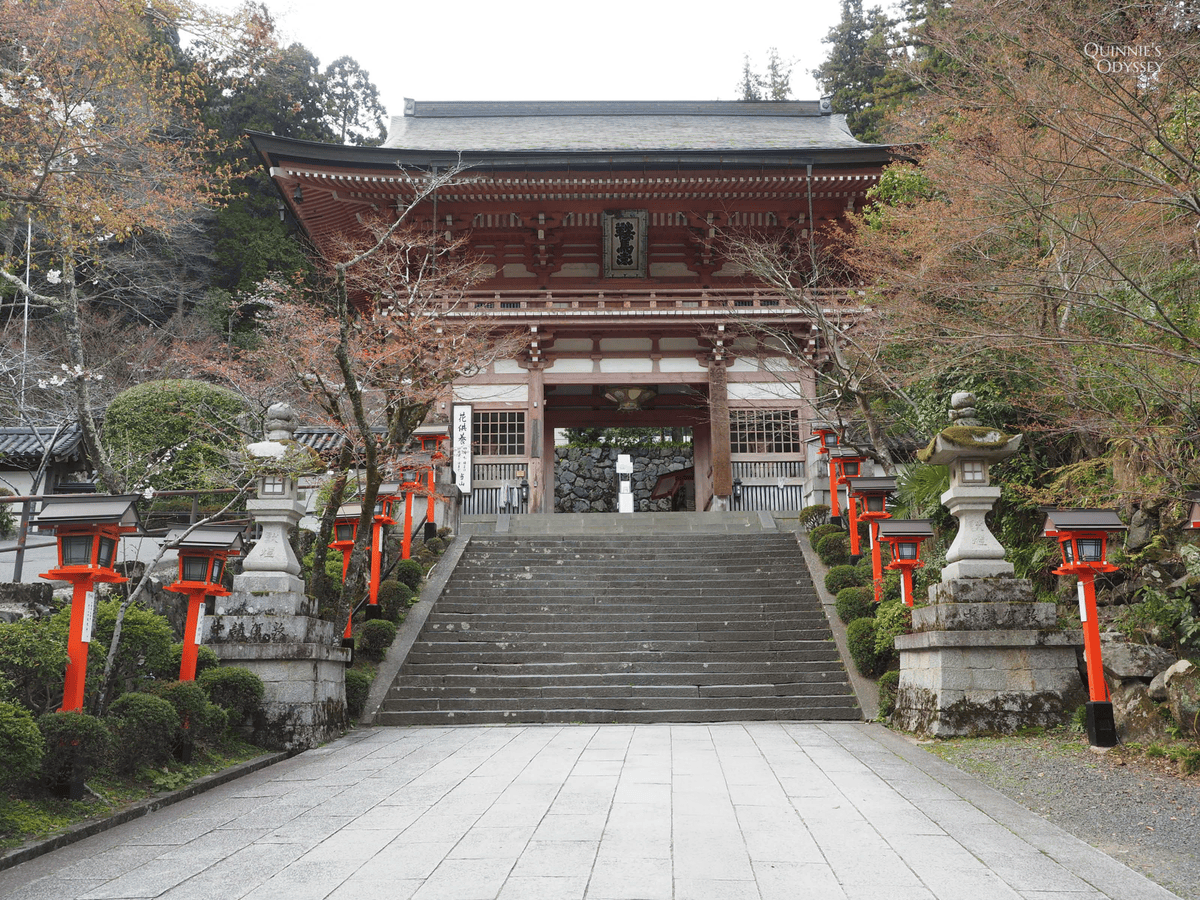
At the end of our journey, we visited the famous Tengu Statue near the station. This is the second-generation statue, as the first, built in 1994 to celebrate the 1200th anniversary of Kyoto, was damaged by snow and officially retired in 2019.
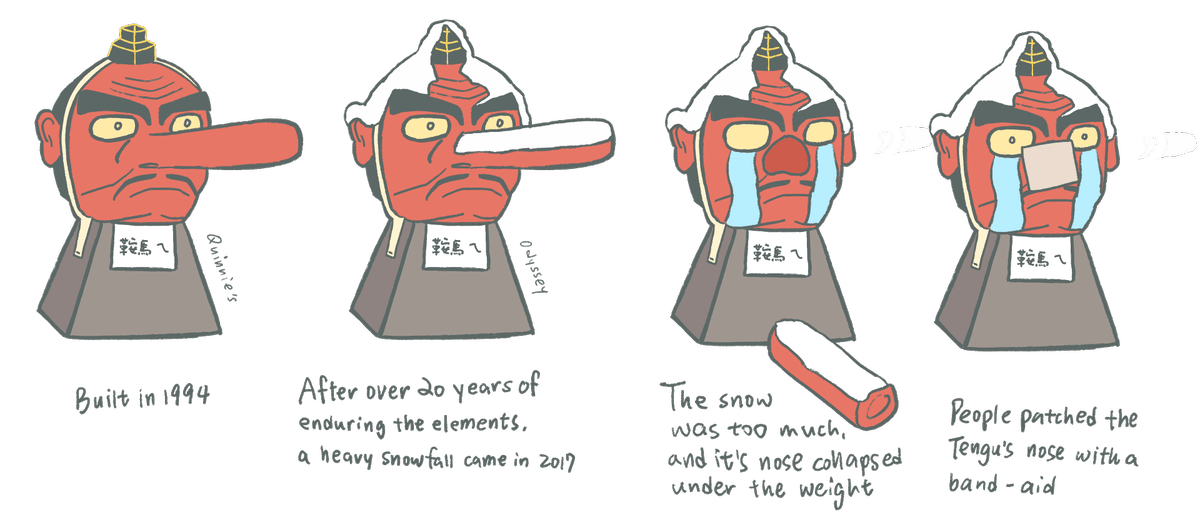
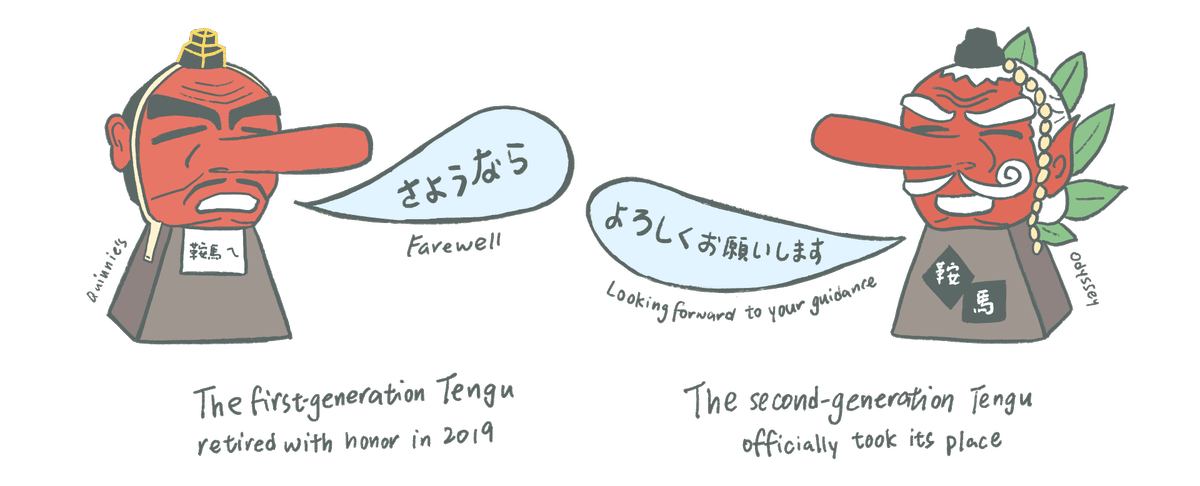
We took a picture with this iconic landmark, marking the end of our mystical hike through Kurama Temple.
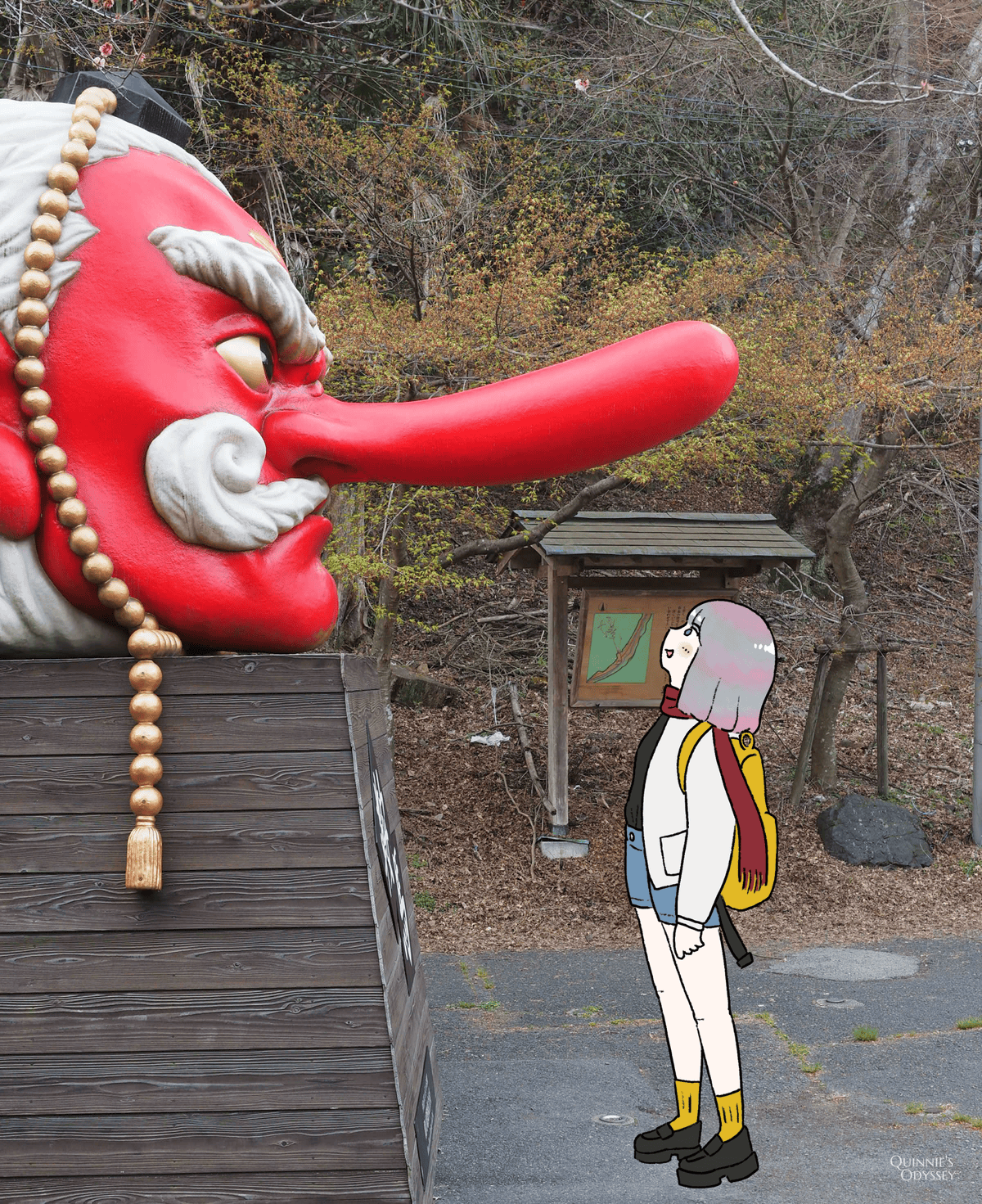
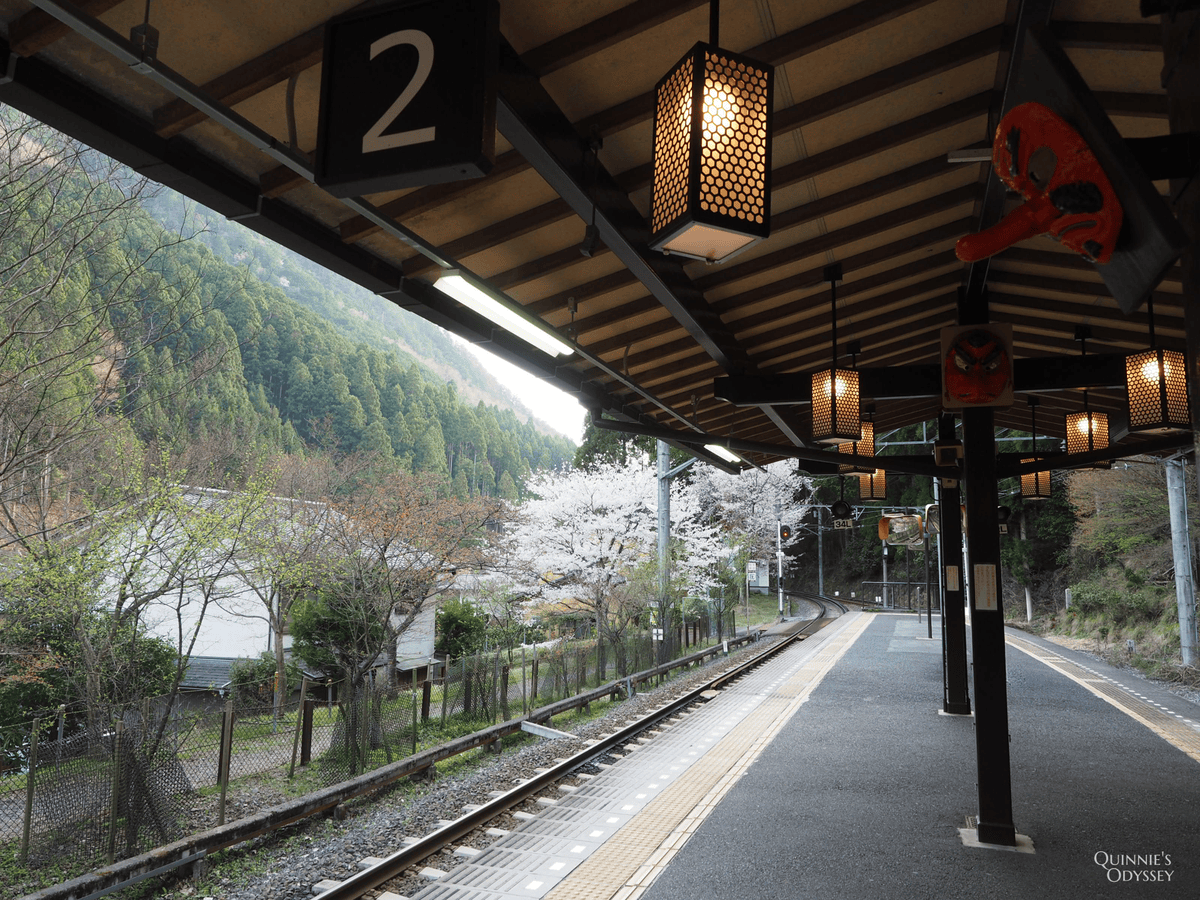
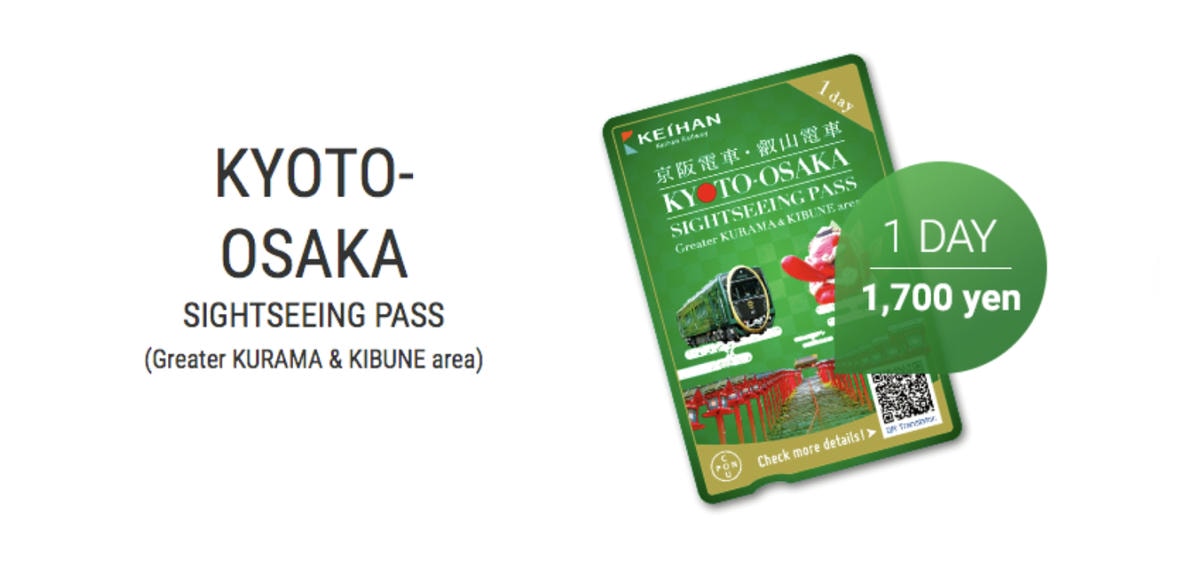

Thanks for reading!
If you’re interested in my stories, feel free to follow me on Instagram.
👉👉 IG: @sika_artist 👈👈